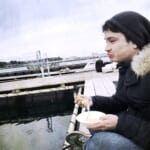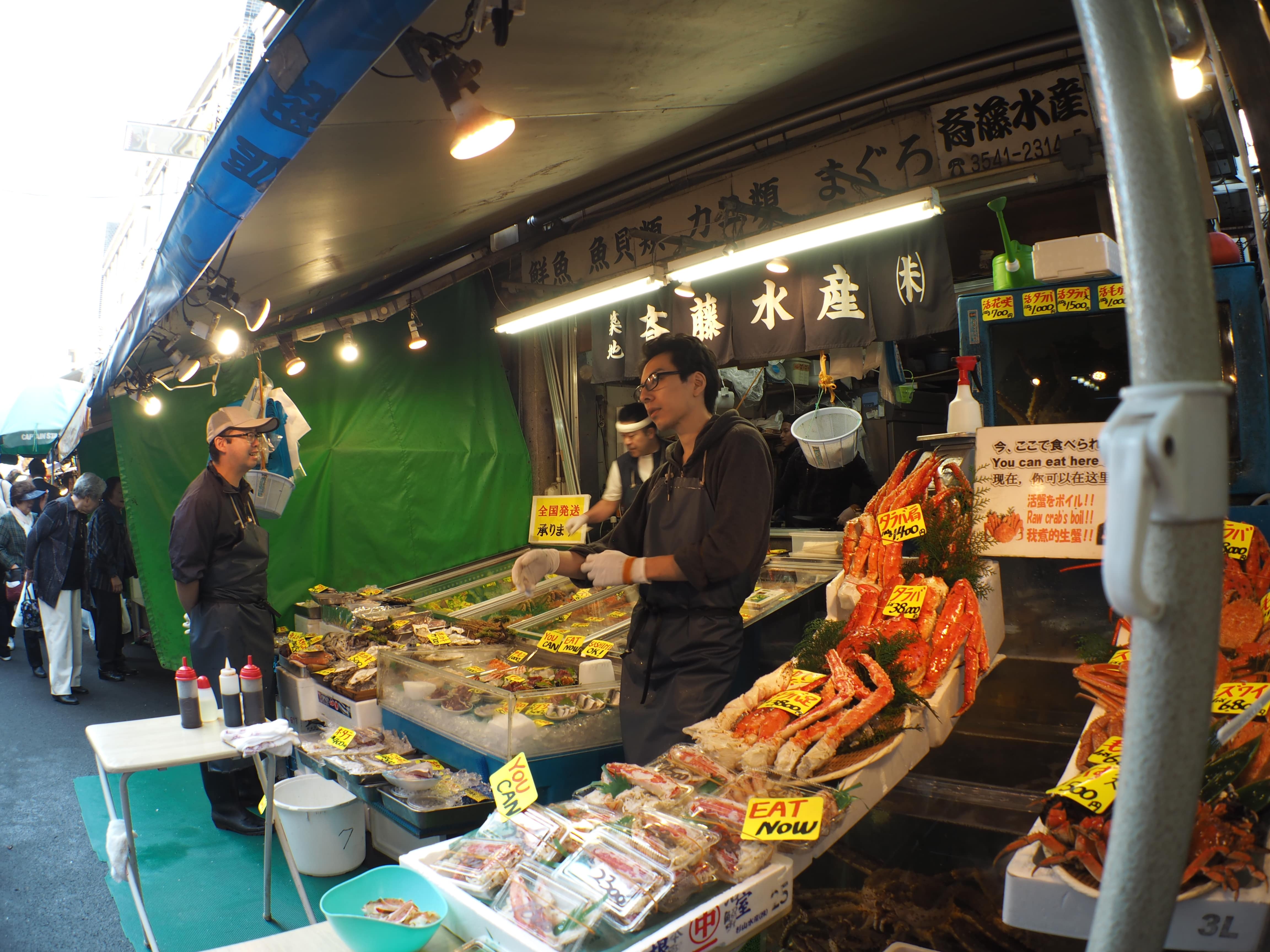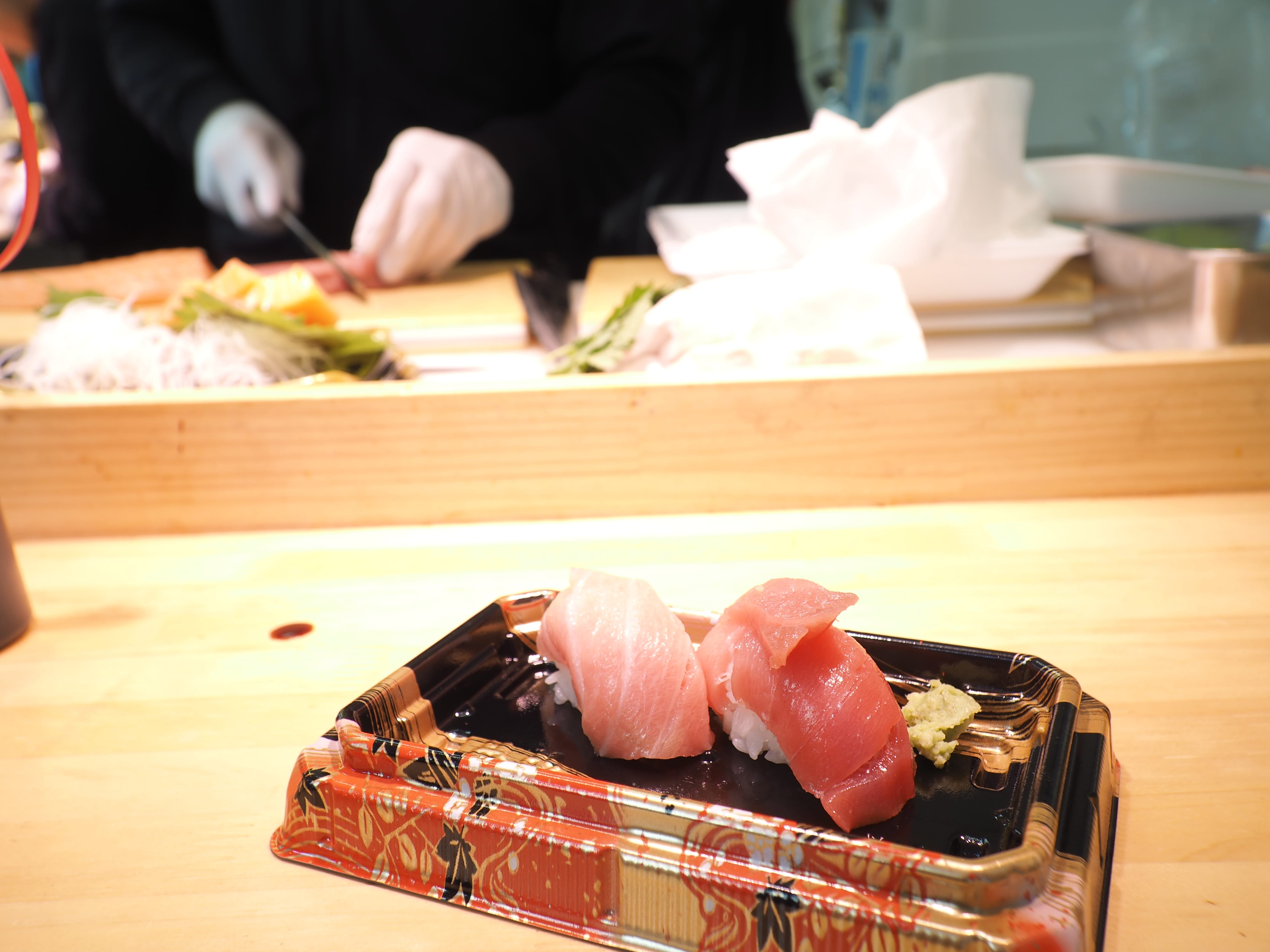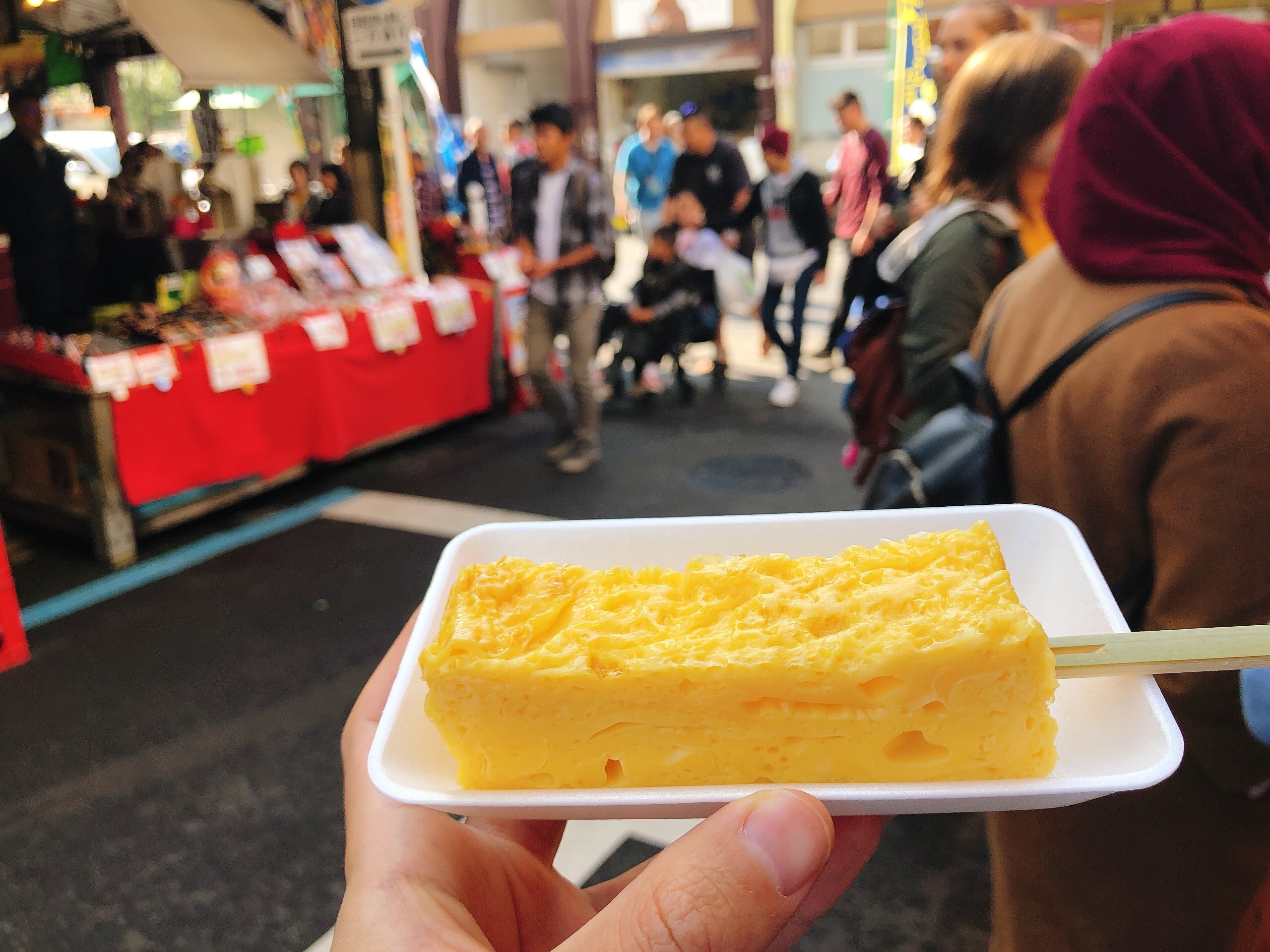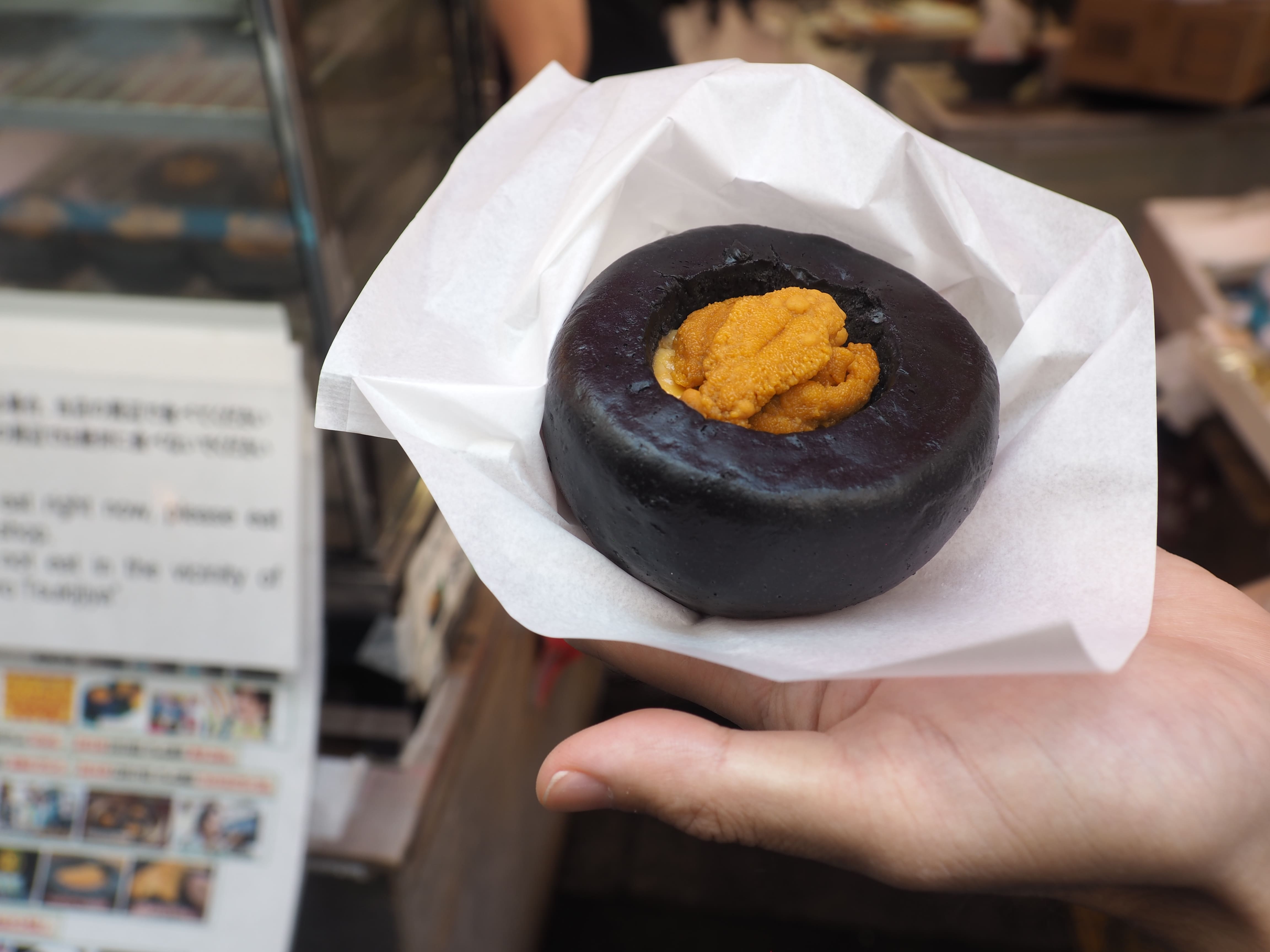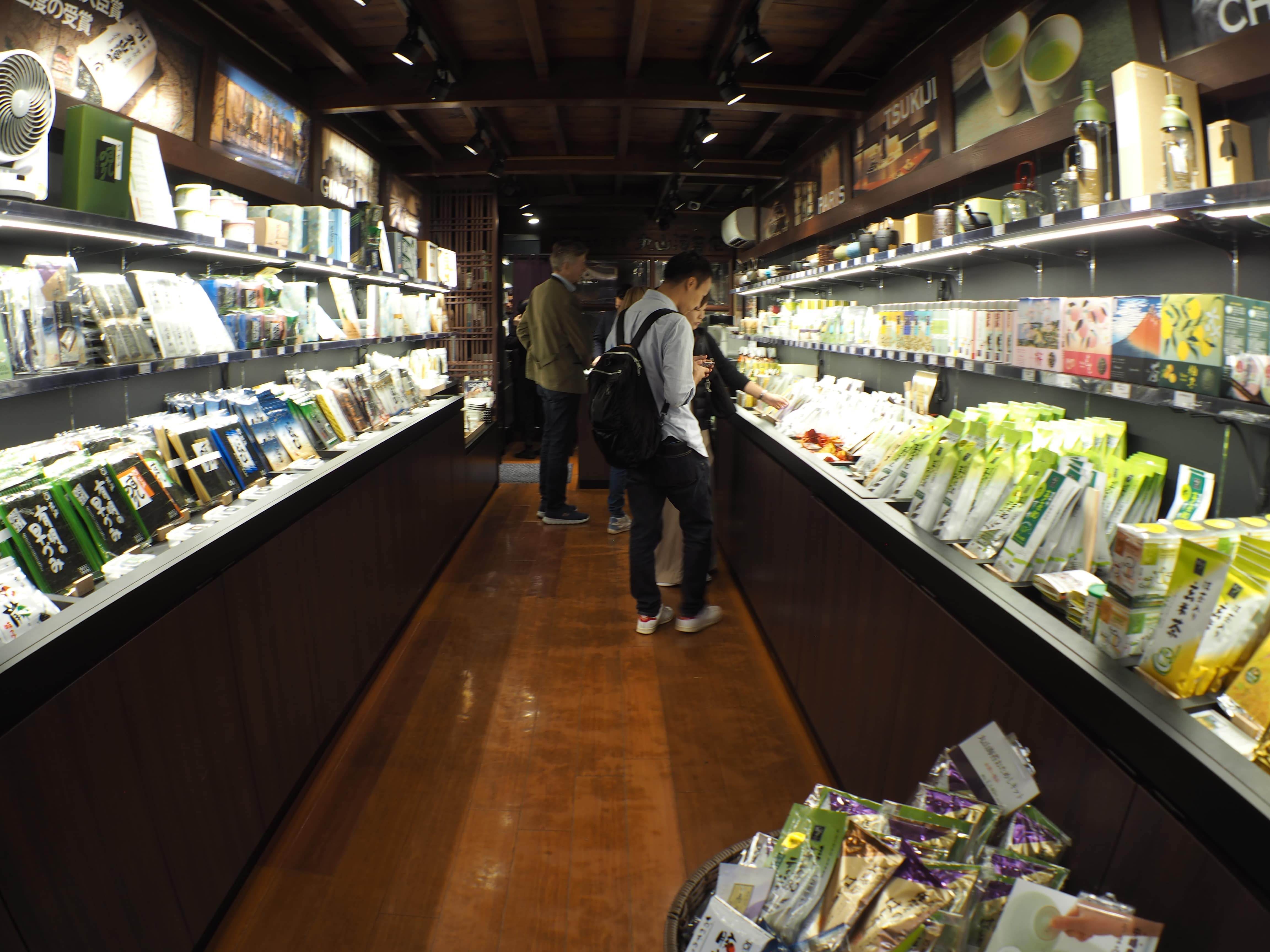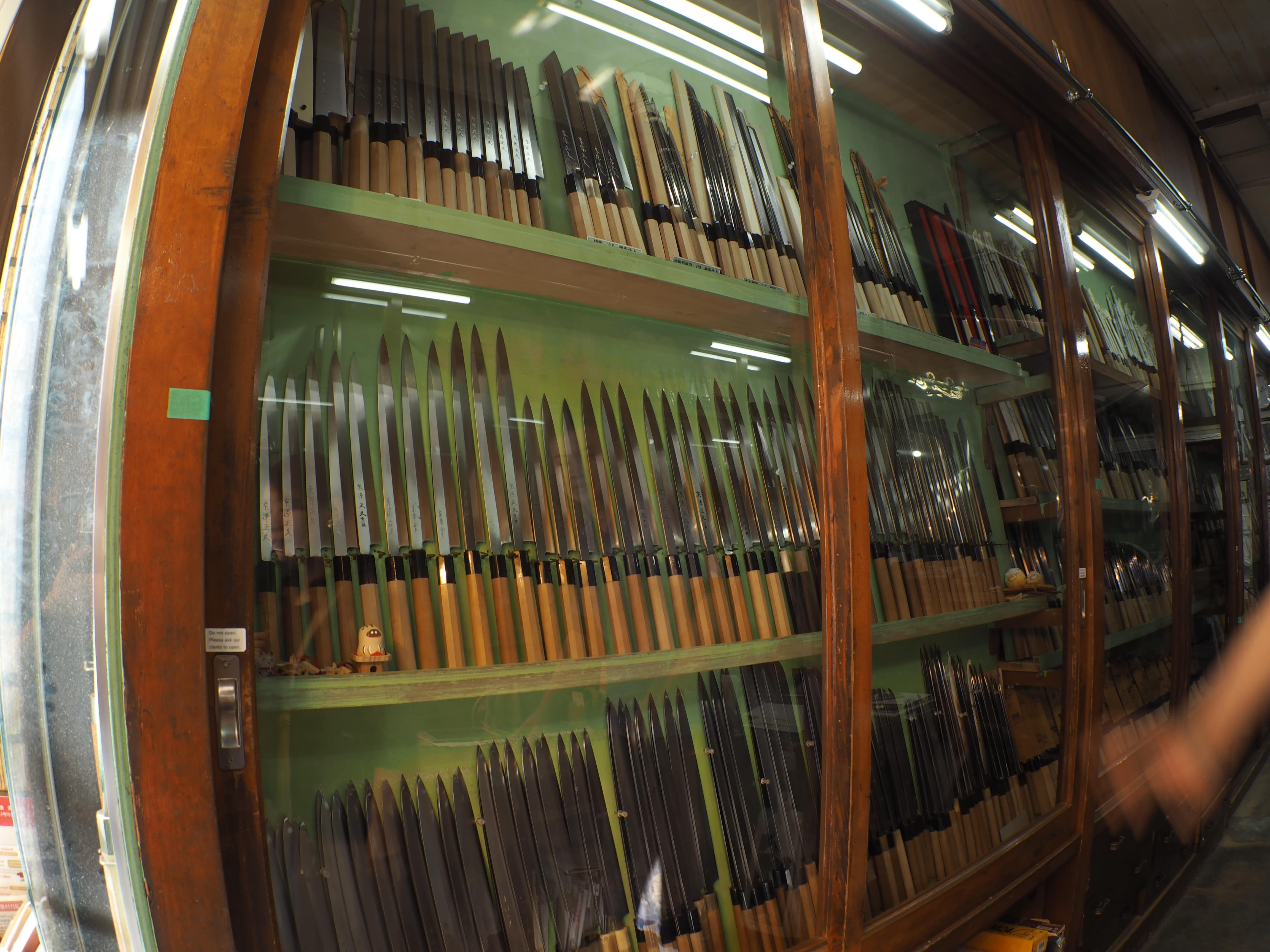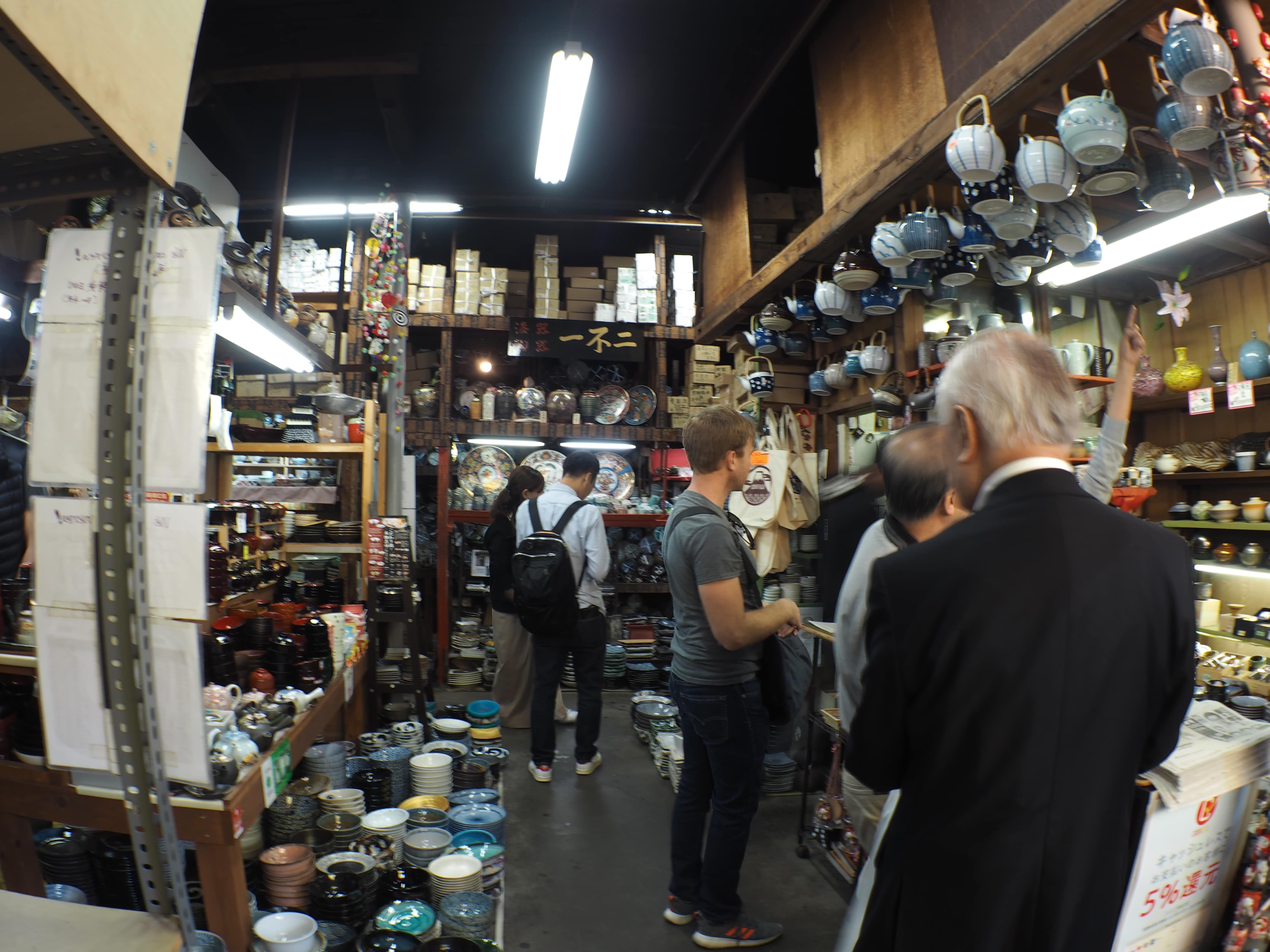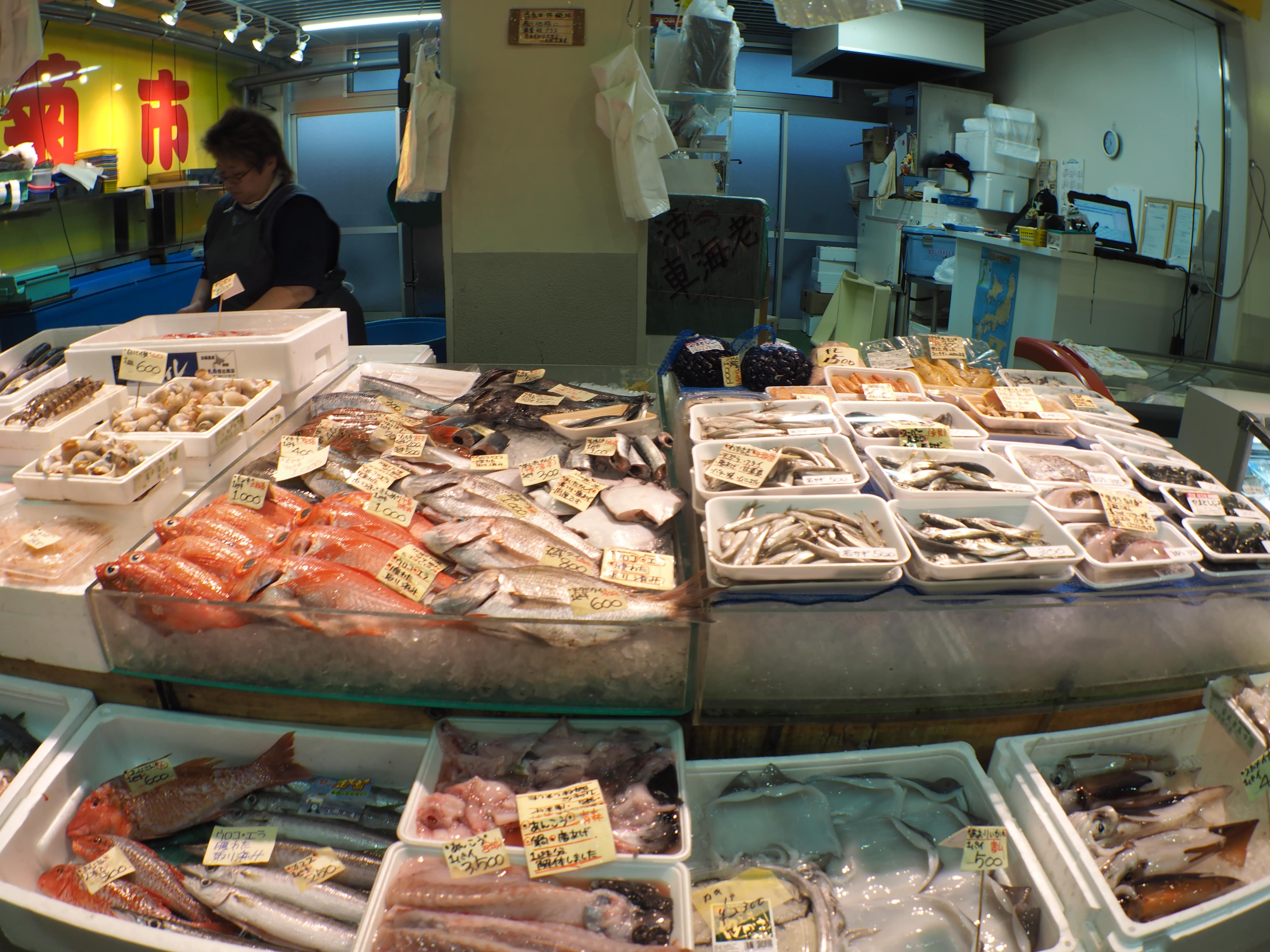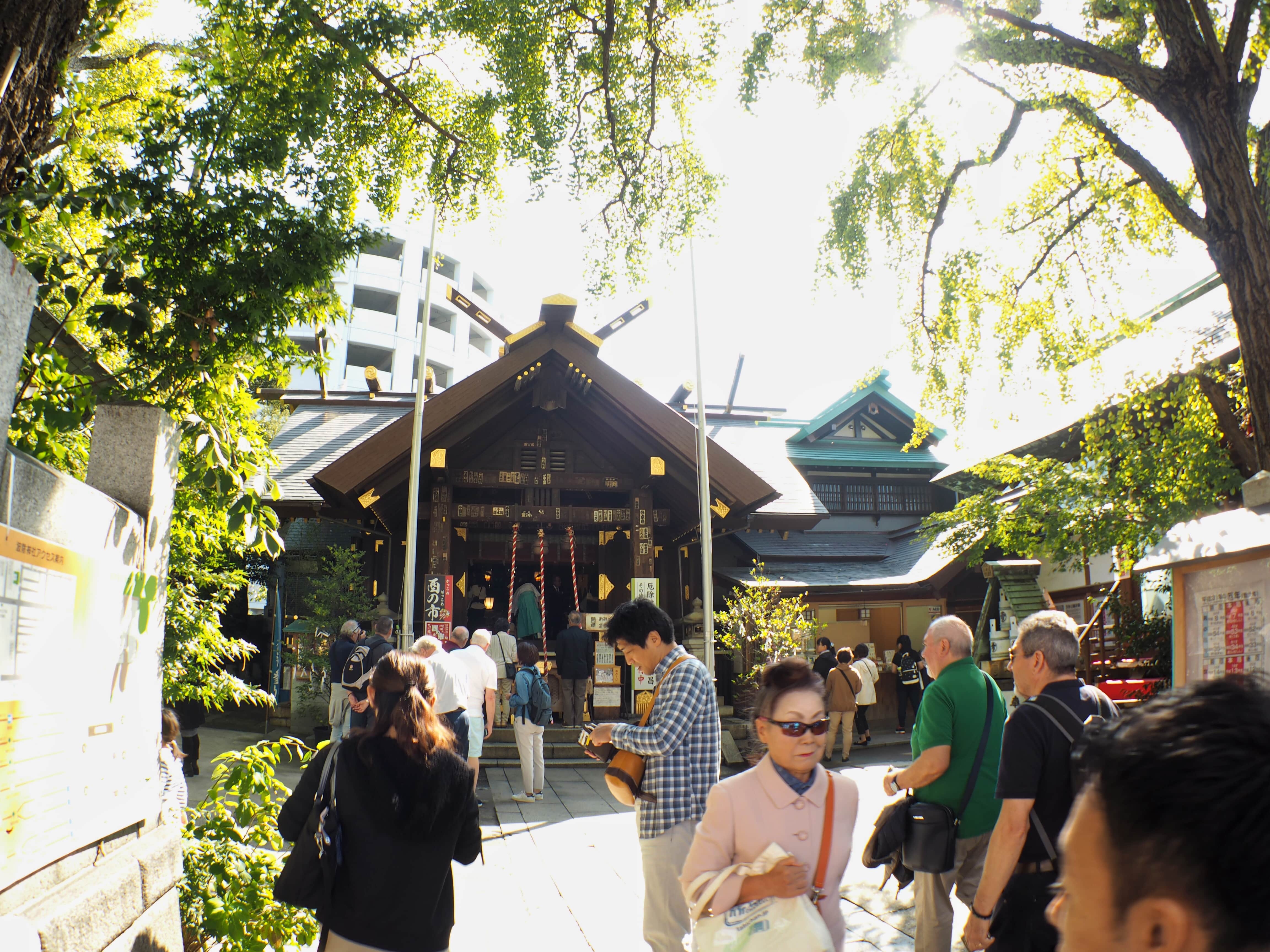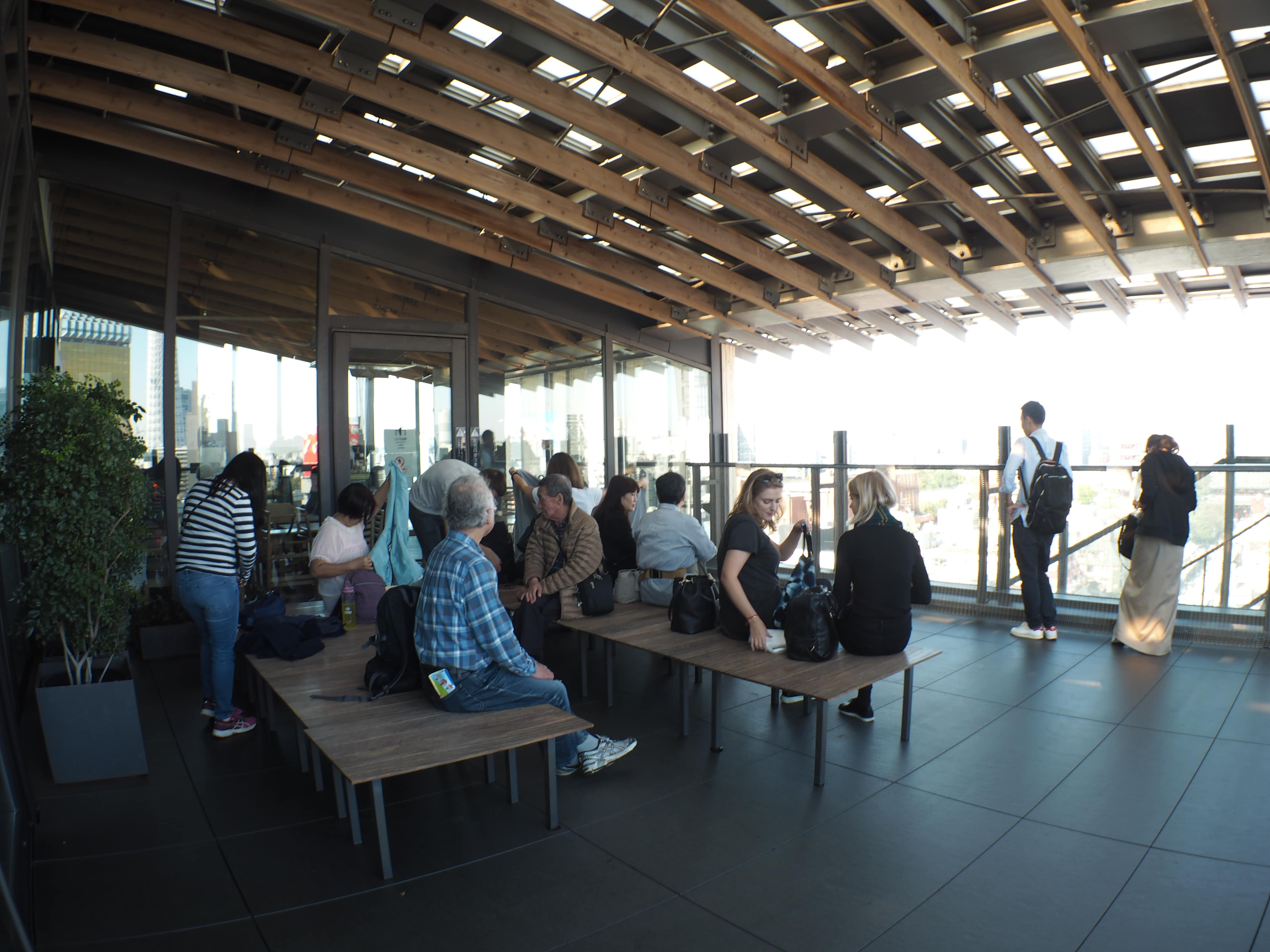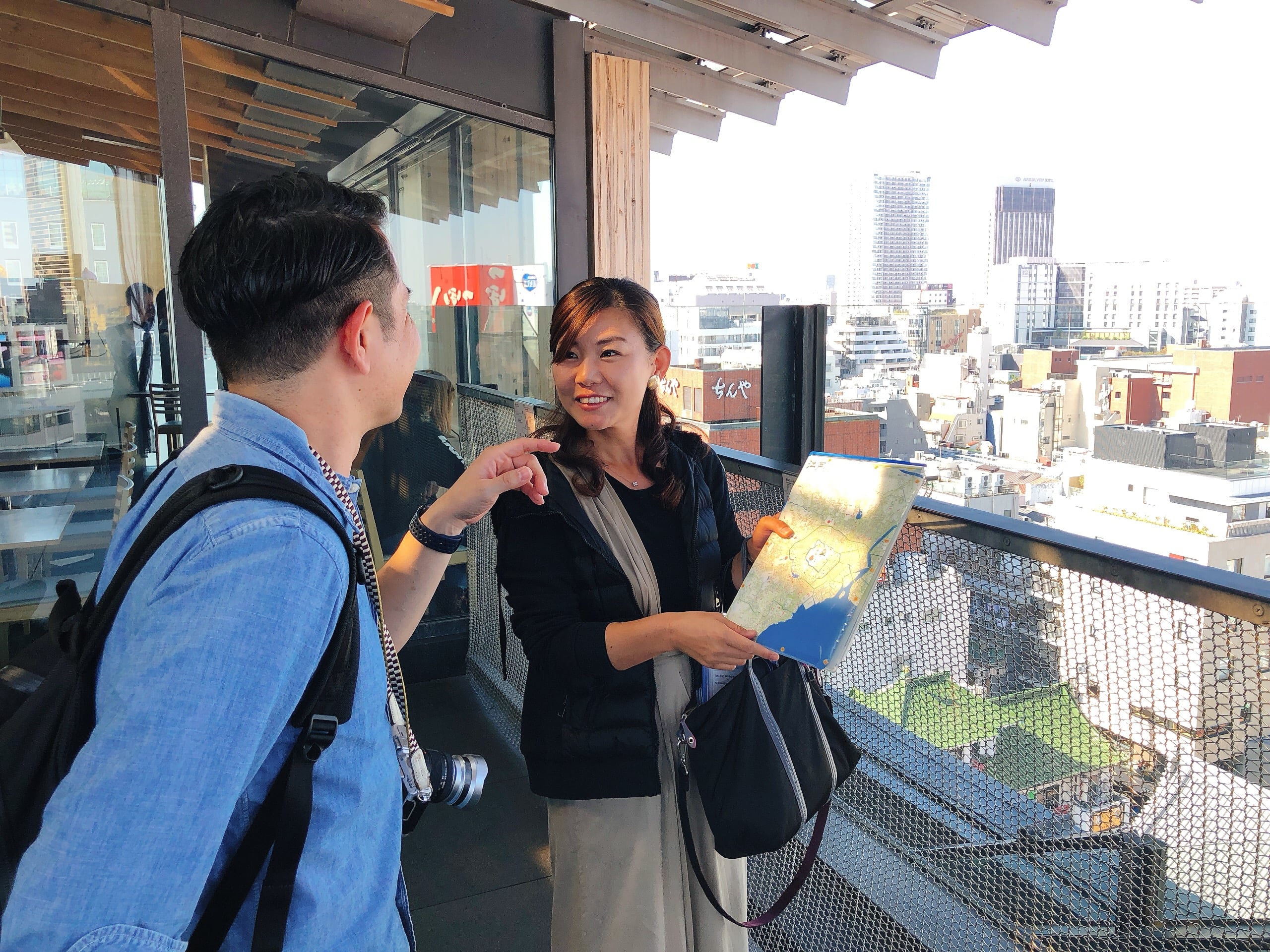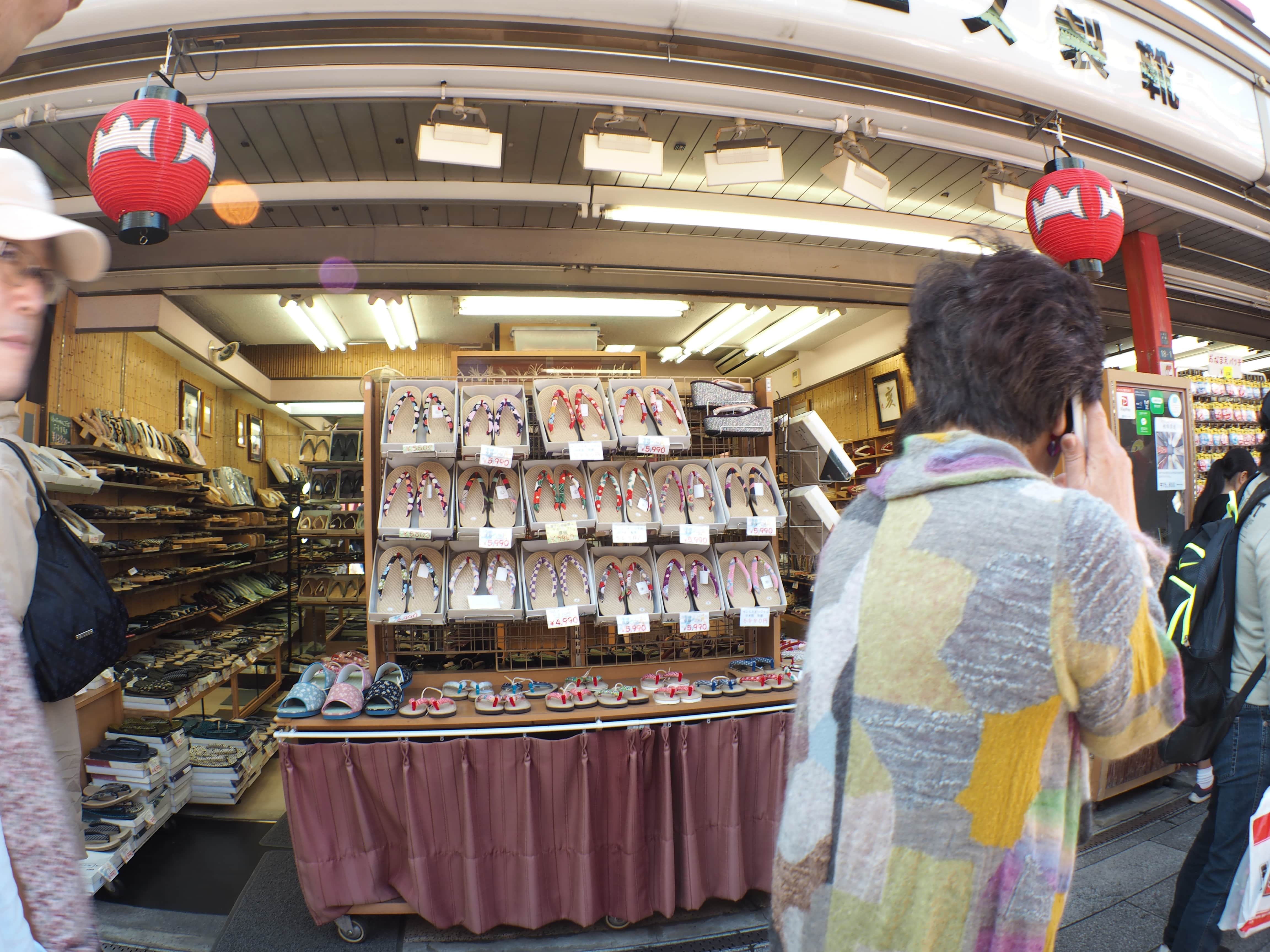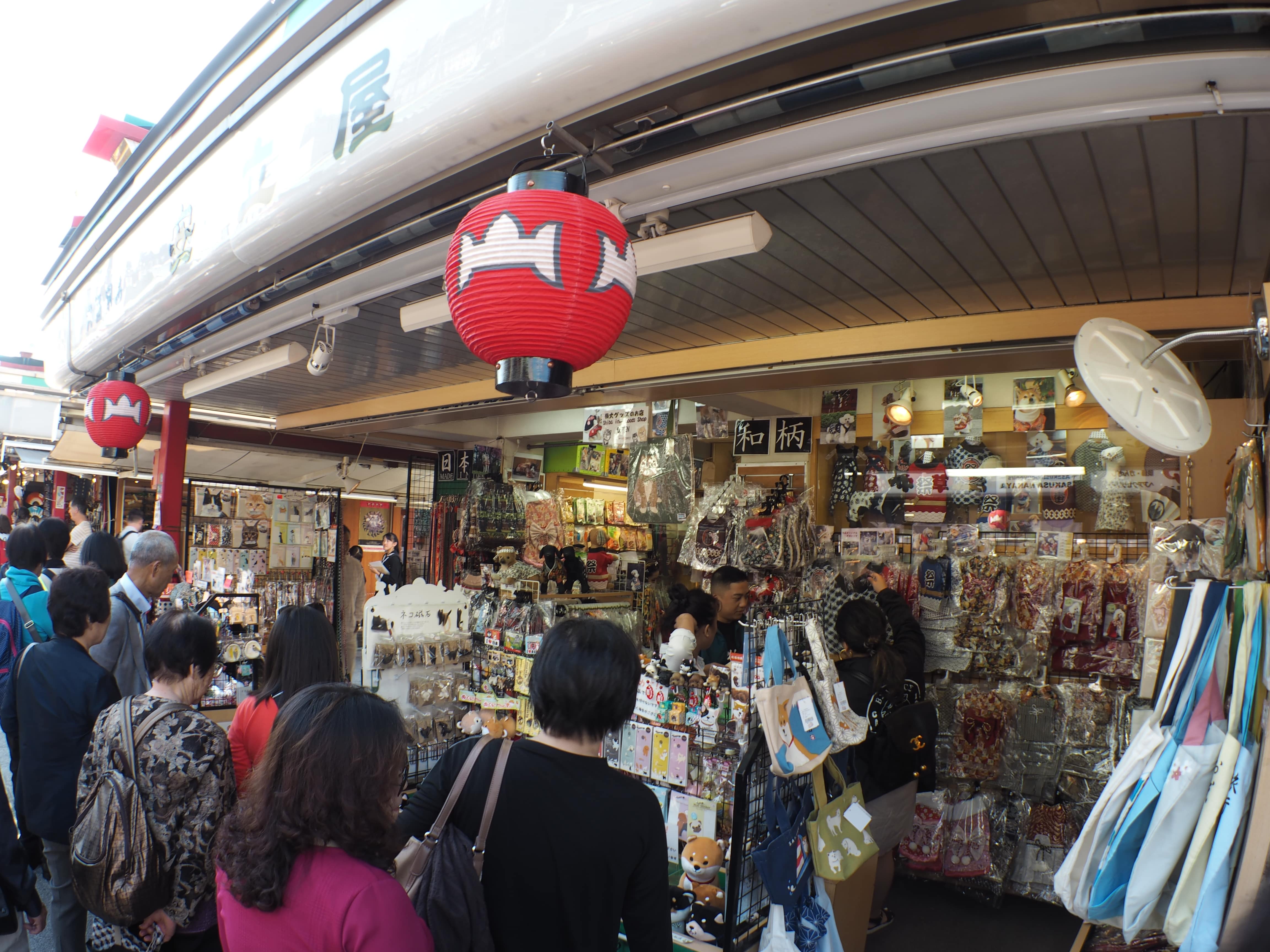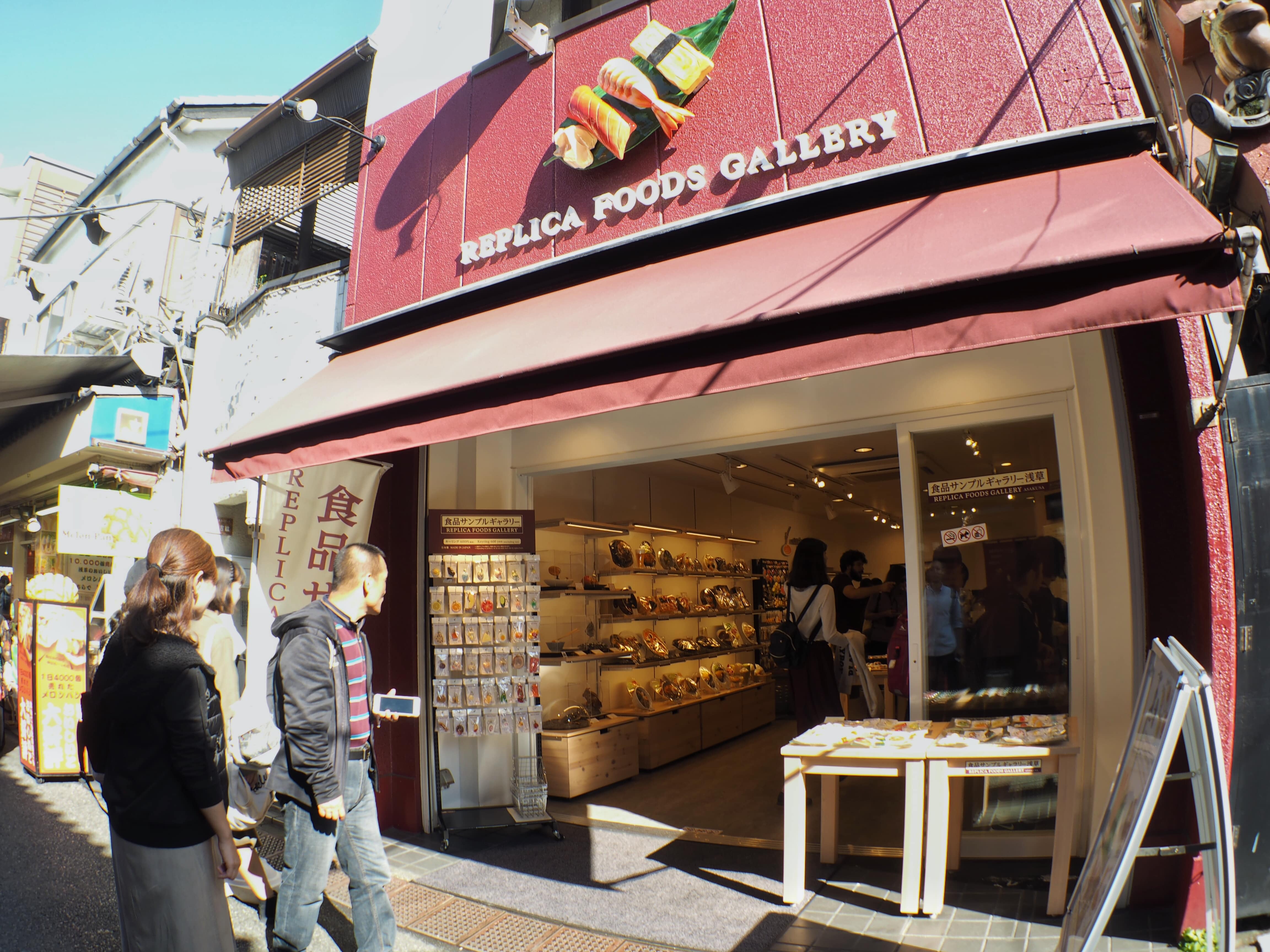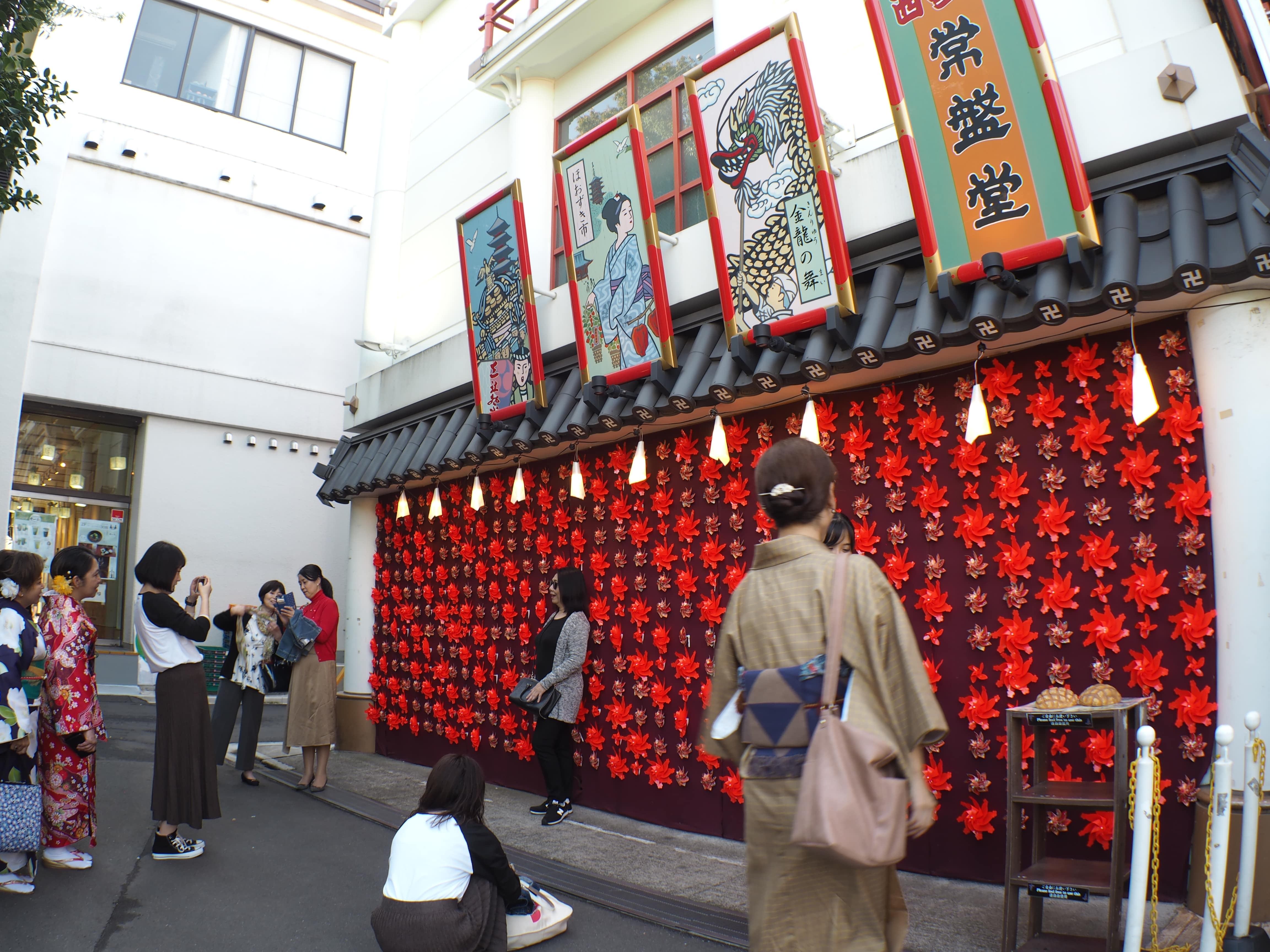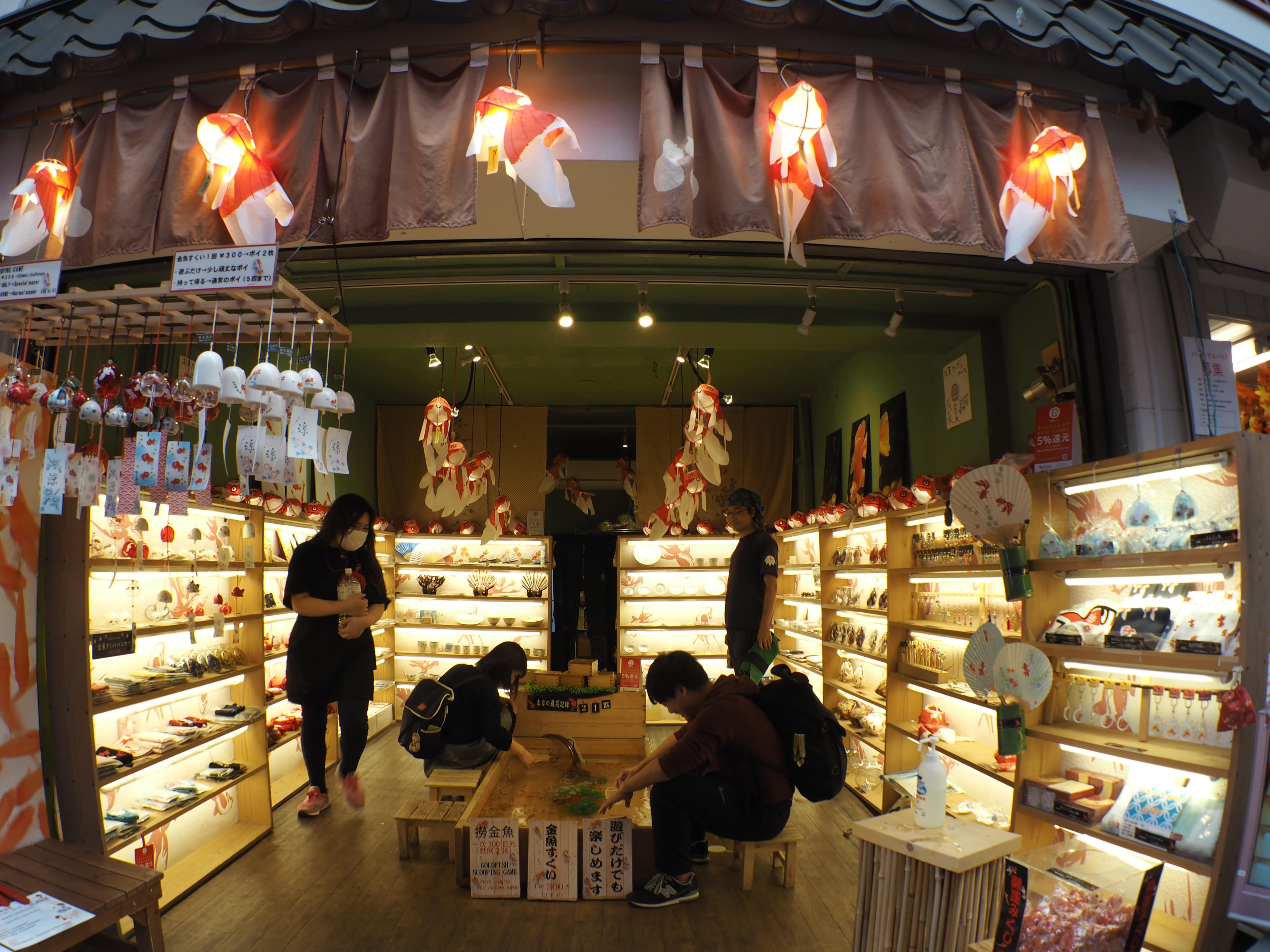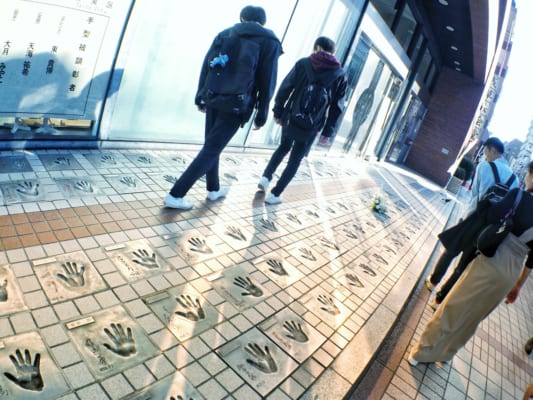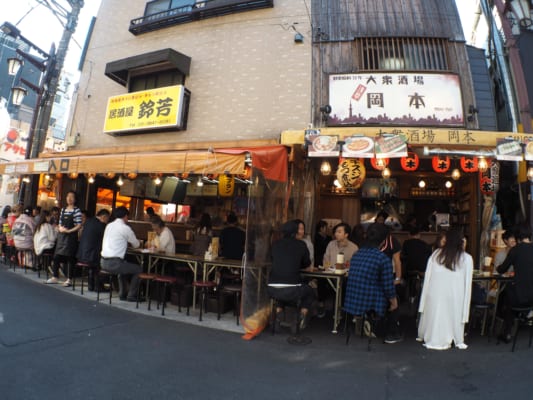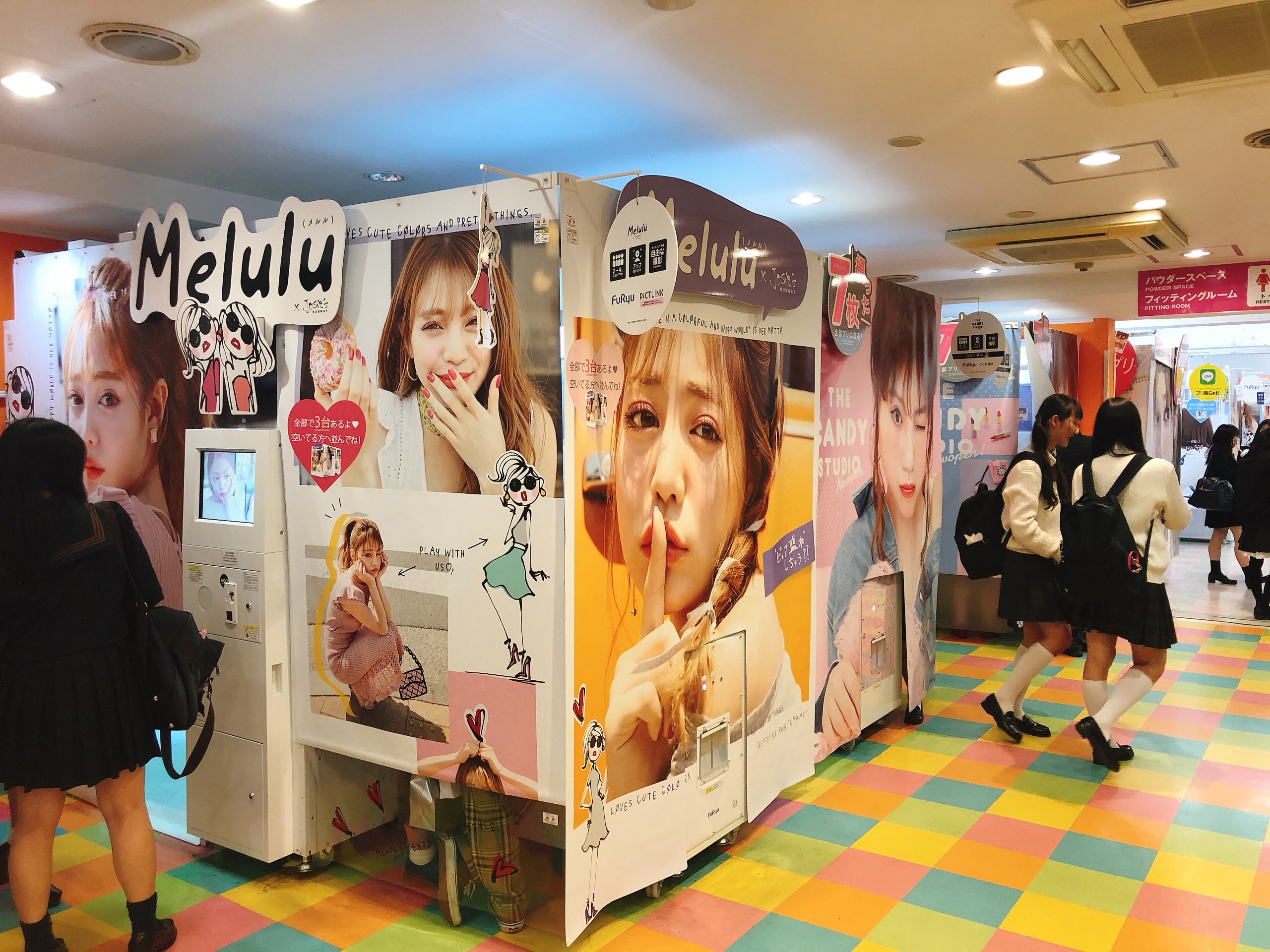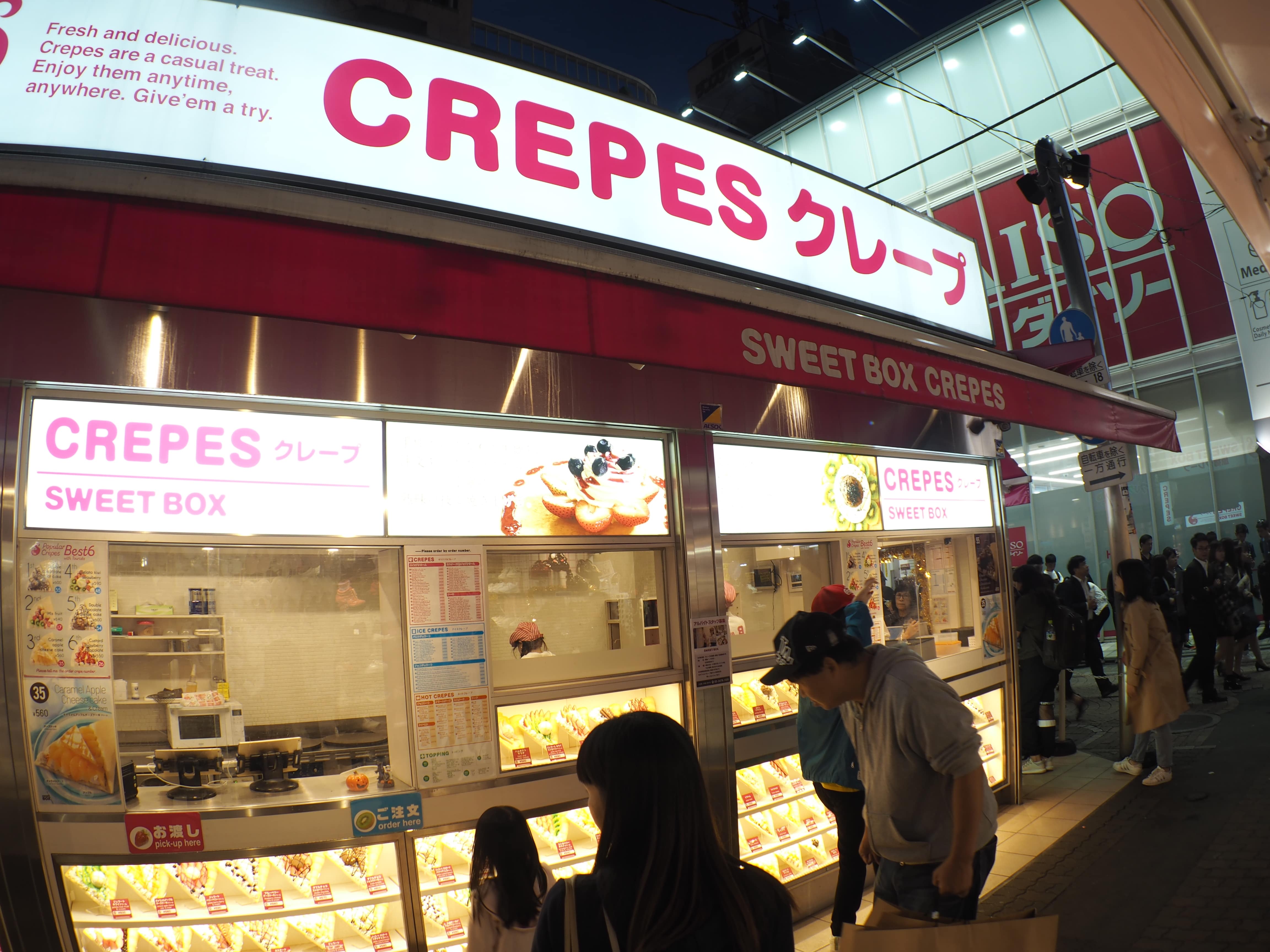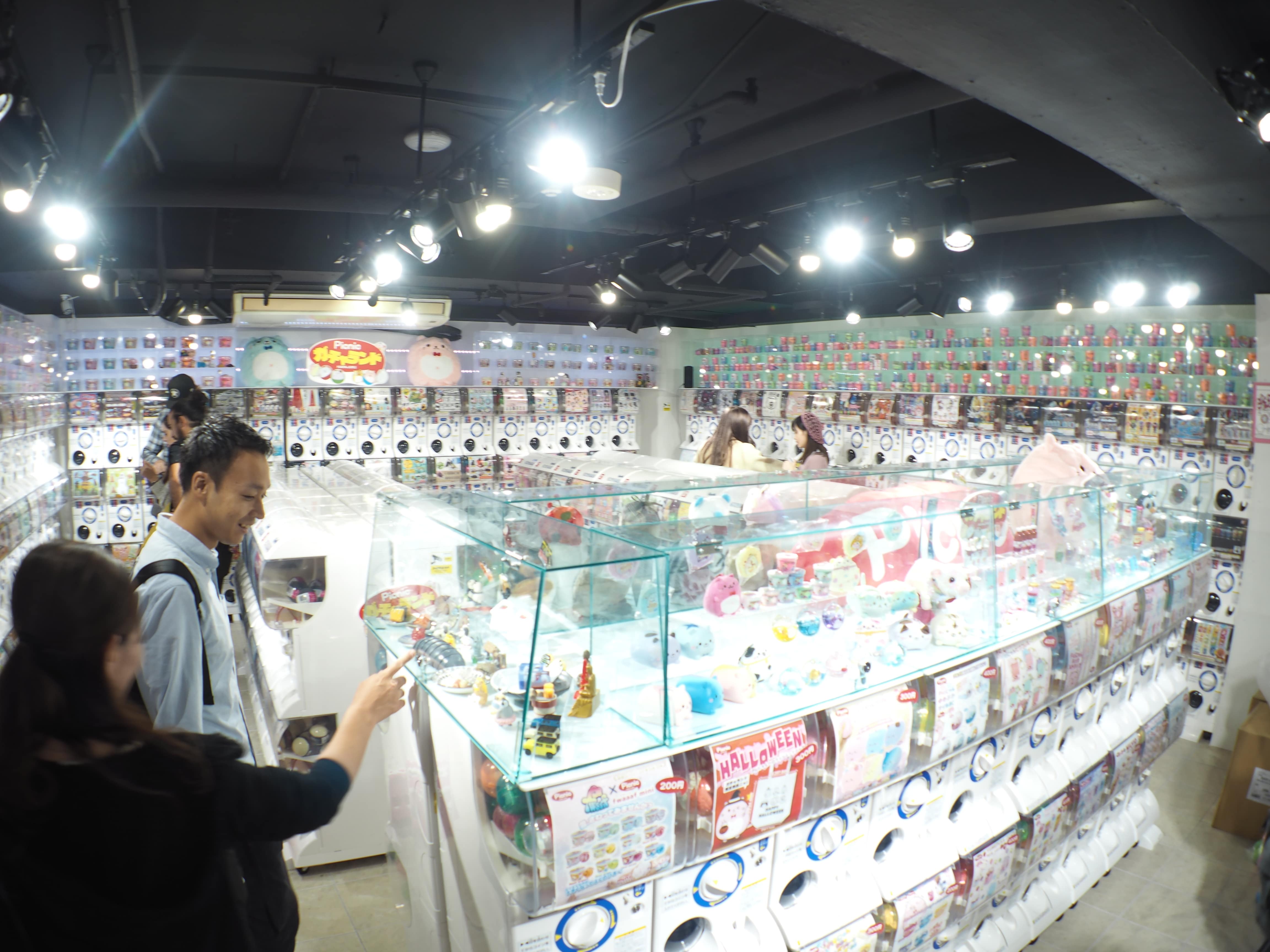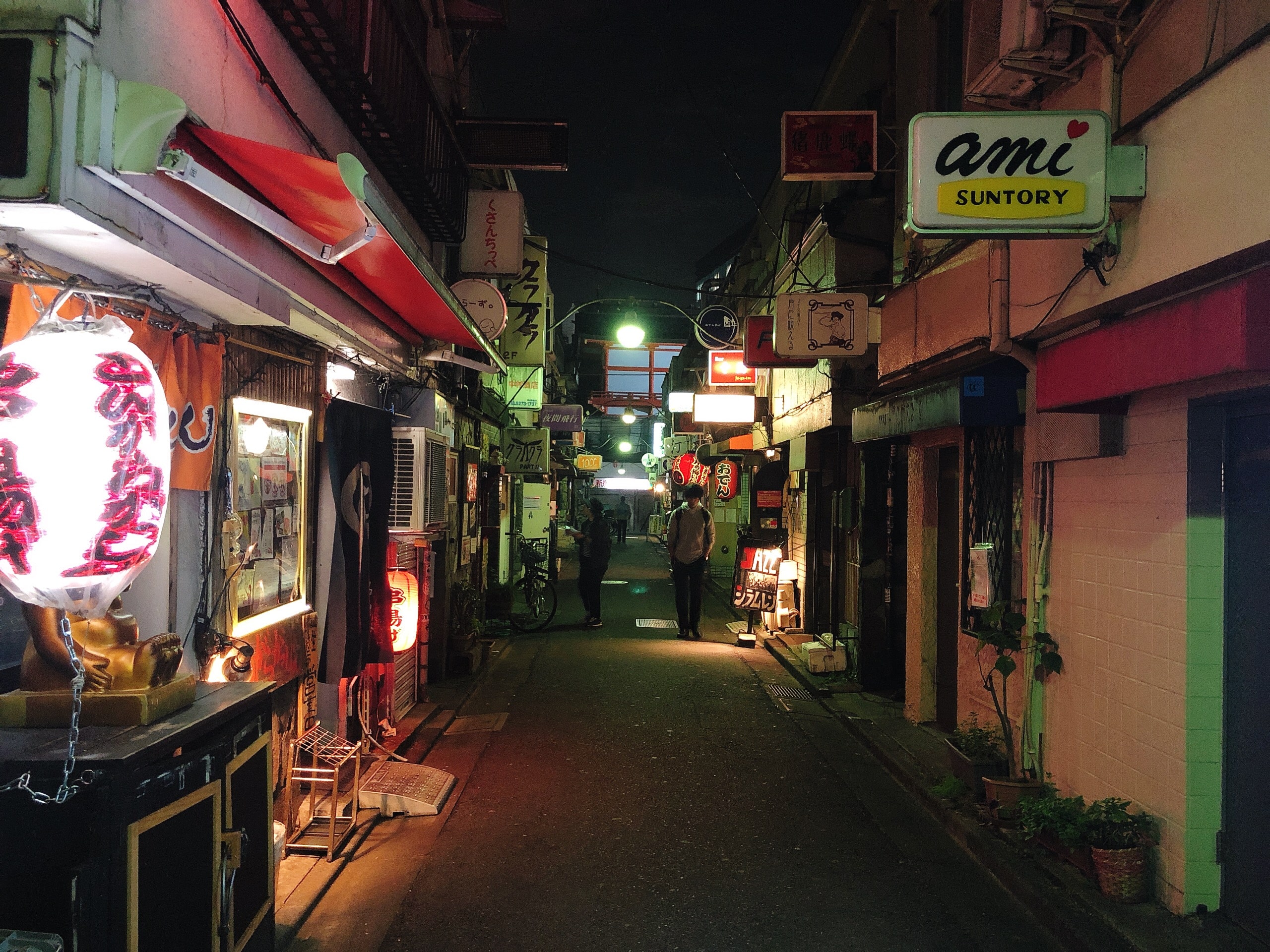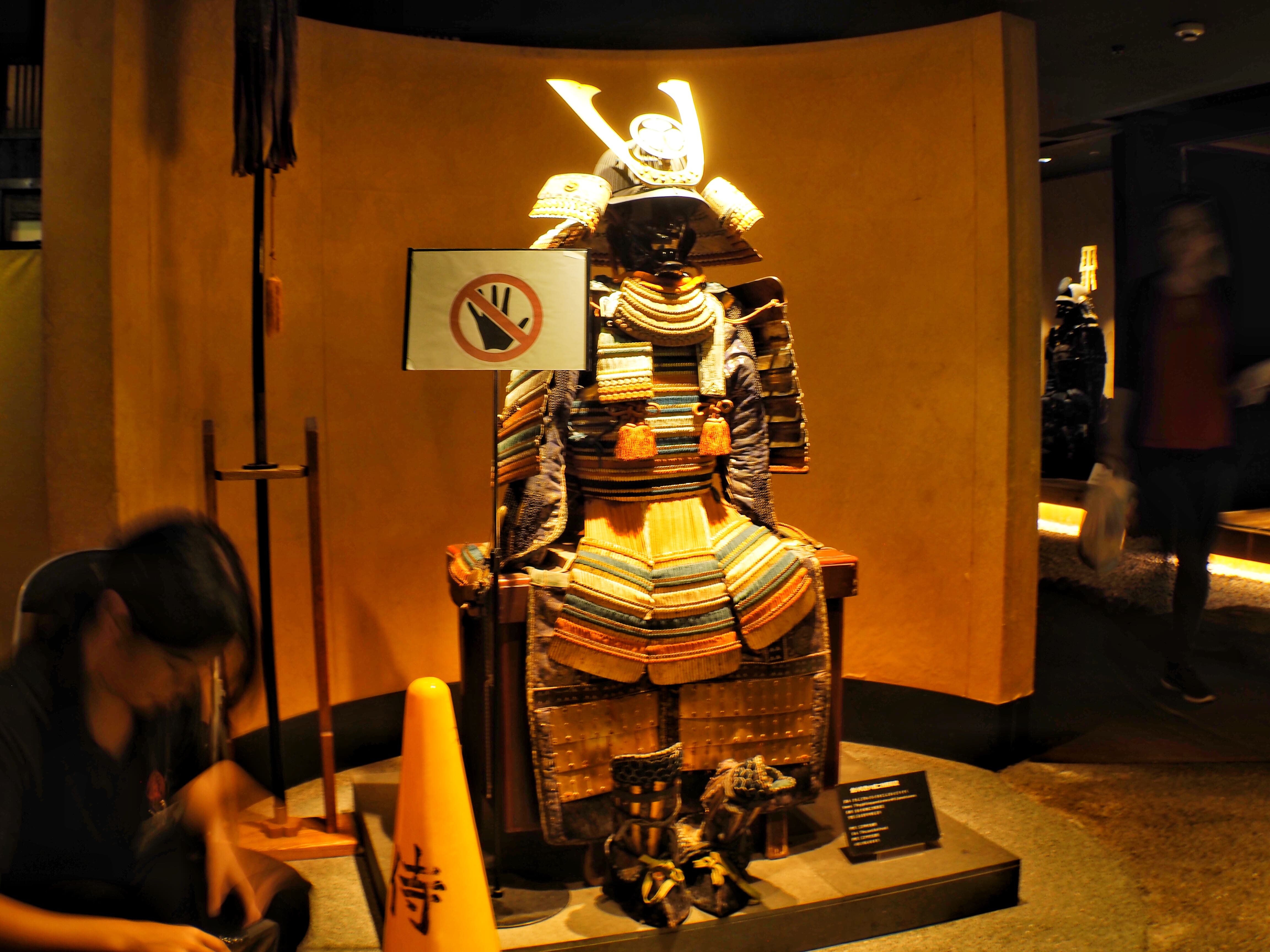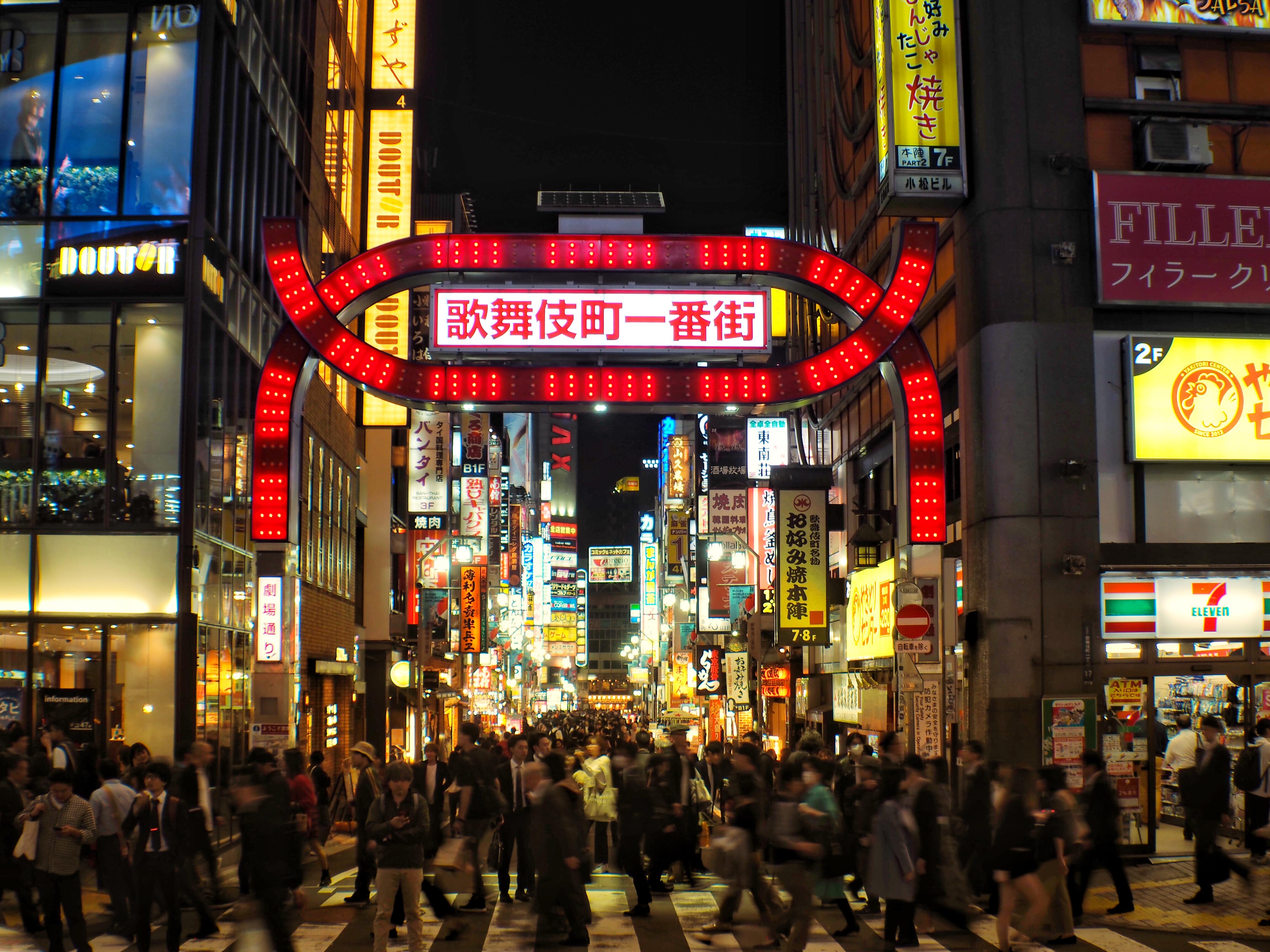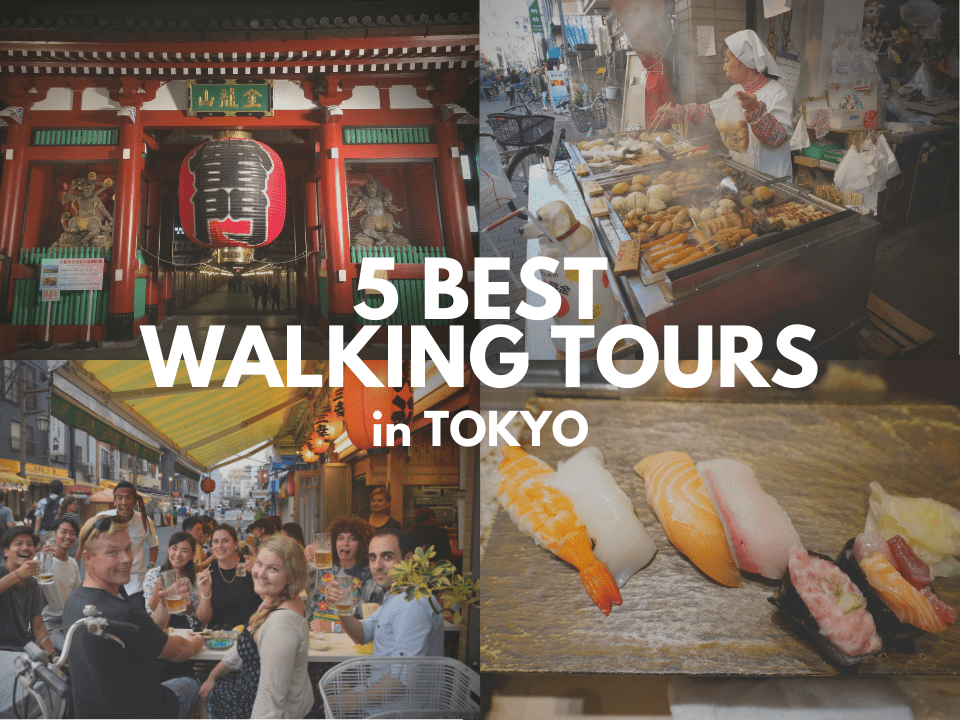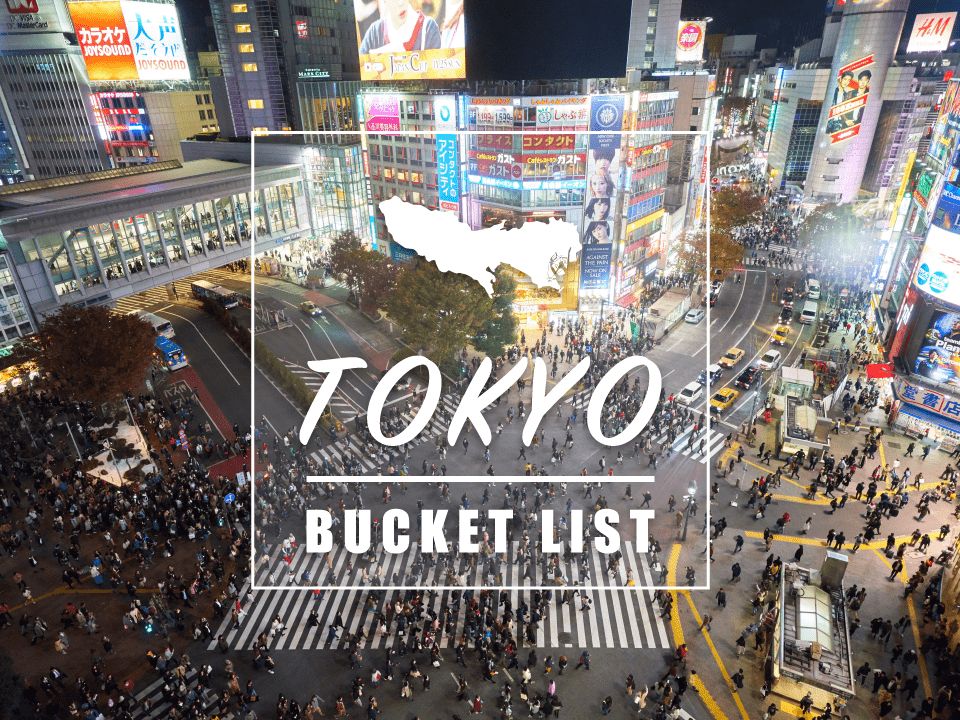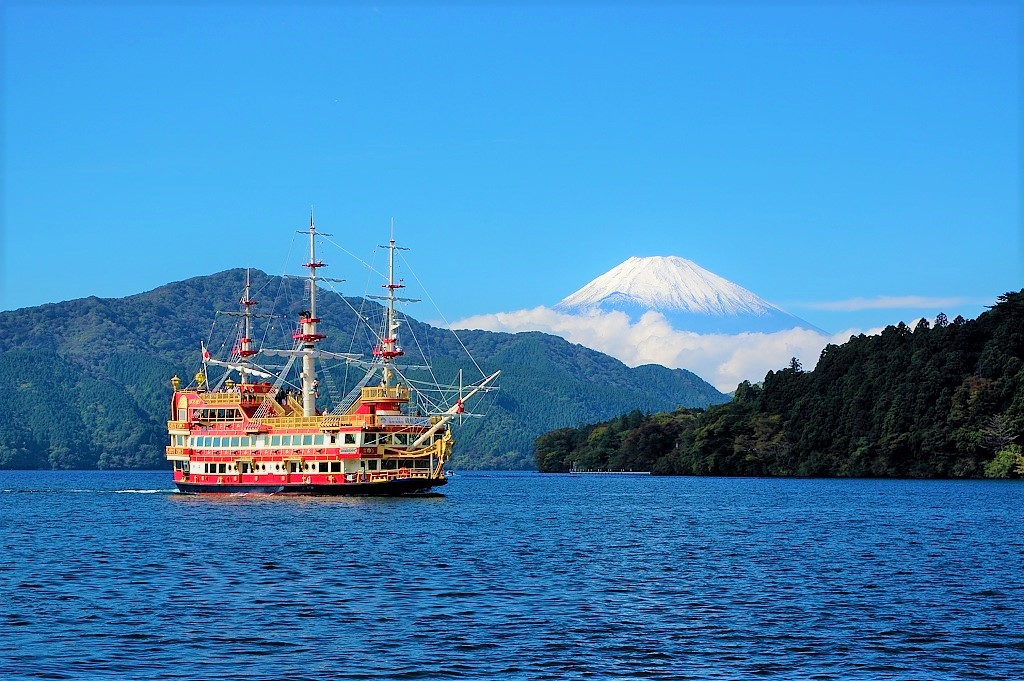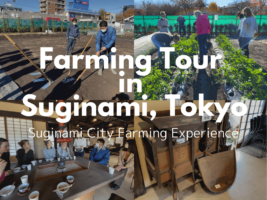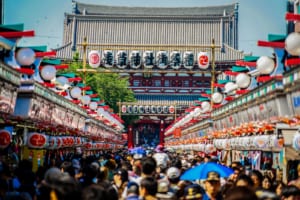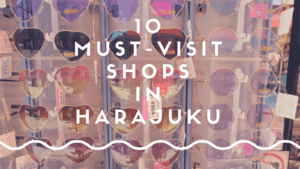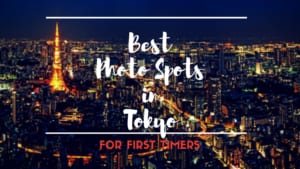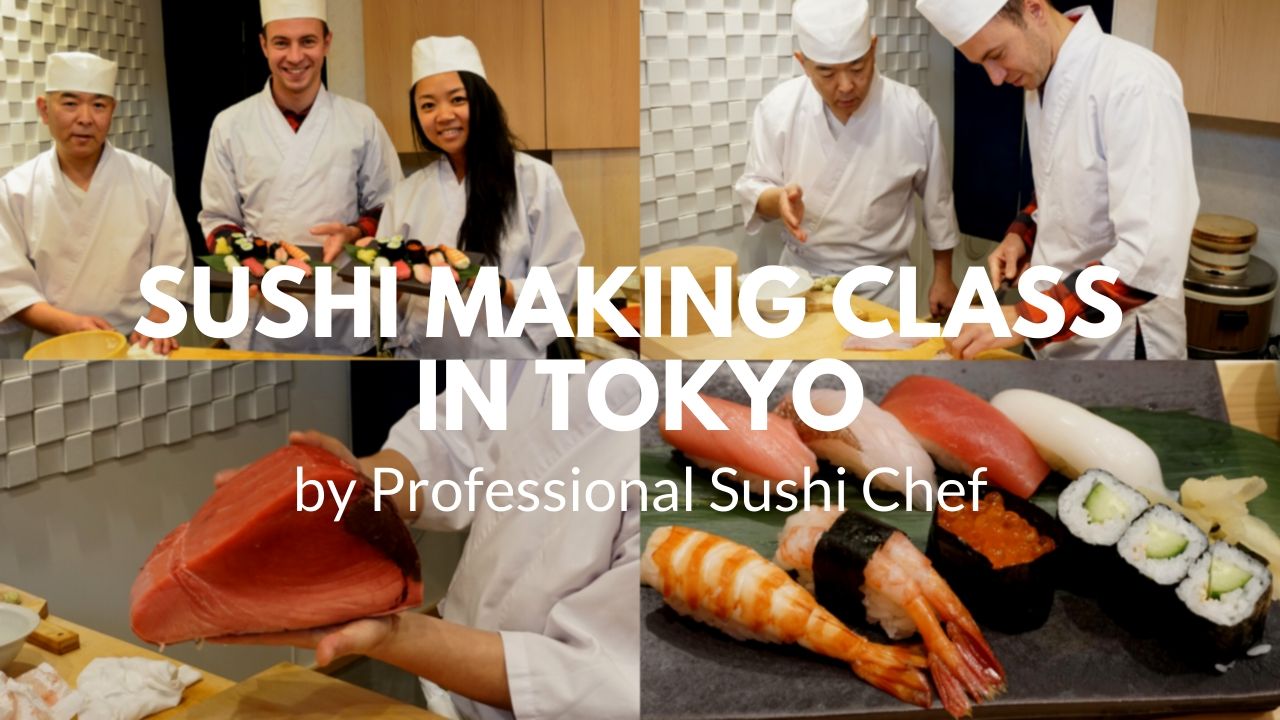Best Private Tour in Tokyo in 1 Day
One-day private tour around Tokyo with all that you want to experience!
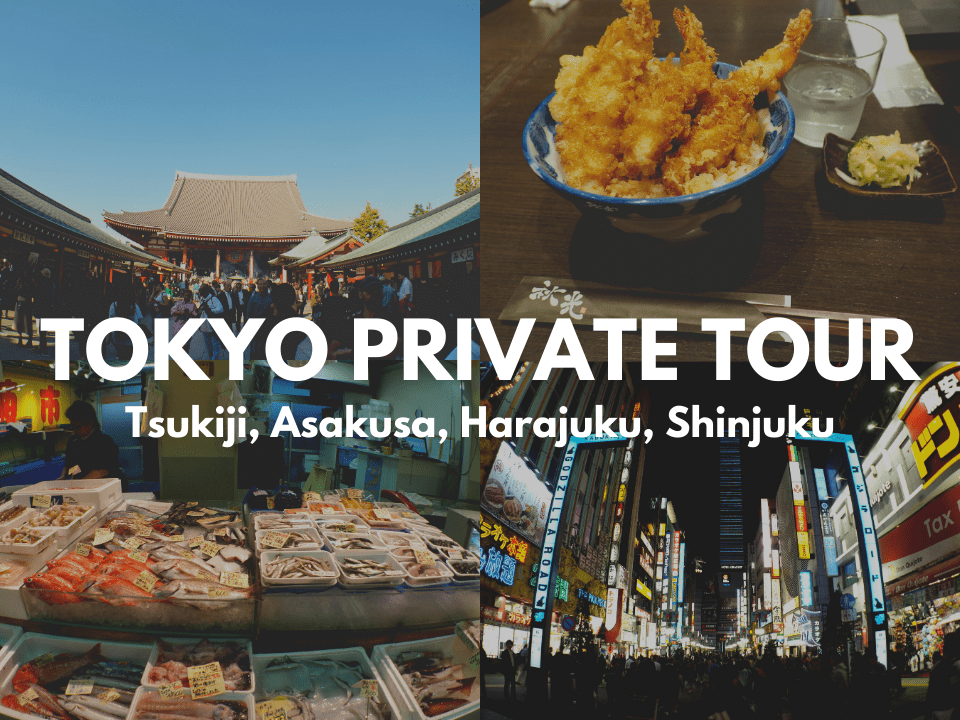
In recent years, private tours have started to become more and more popular among foreign visitors in Tokyo. The good thing about private tours is that you can talk with the guide in advance to state any requests you may have, and the guide will adjust the plan as much as possible to answer your requests. In other words, it is like an order-made tour tailored to your wishes or interests. These tour guides are really knowledgable and fun to spend time with.
It might be a little expensive in comparison to large-group tours, but I’d say the pros easily outweigh the cons. If you look online for private tours in Tokyo, you will find a great variety of options.
*Please note that this article contains affiliate links.
On this occasion, a fellow writer and I took a private tour called “Tokyo 1–Day Highlights Private Walking Tour (8 Hours)” led by Japan Wonder Travel. If you check out their website, you will see that the client-satisfaction rate is impressively high. They have a good variety of tours in Tokyo and Kyoto.
This Tokyo private tour has a “Regular course”, that takes you through the most visited areas by foreign visitors in Tokyo. But as I mentioned above, this course can be adjusted to the clients’ interests. If you don’t like walking that much, or if you have kids, arrangements can be made so you don’t have to walk so much. Changes in location can be made as well. If you like pop culture, you could go to Akihabara; or if you are more into Japanese history, the private tour can be changed so you stop by the Imperial Palace. And if you wish, the guide can go pick you up at the hotel that you are staying at.
We decided to take the standard route which includes; Tsukiji, Asakusa, Meiji Shrine, Harajuku, and Shinjuku.
Our guide for this day was Tae san. She has a lot of experience in giving private tours, not only in Tokyo but all around Japan, and it showed. She knew so much about the different aspects of each city such as history, culture, and even some trivia fun facts.
It was 2 of us (not including Tae san) for this day’s private tour.
Book the tour now▶︎Tokyo 1–Day Highlights Private Walking Tour
9:00 am – Meet up at Tsukiji
The Tokyo private tour began for us in Tsukiji. We met with Tae san, who was our tour guide, in front of the Tsukiji Honganji Temple (築地本願寺).
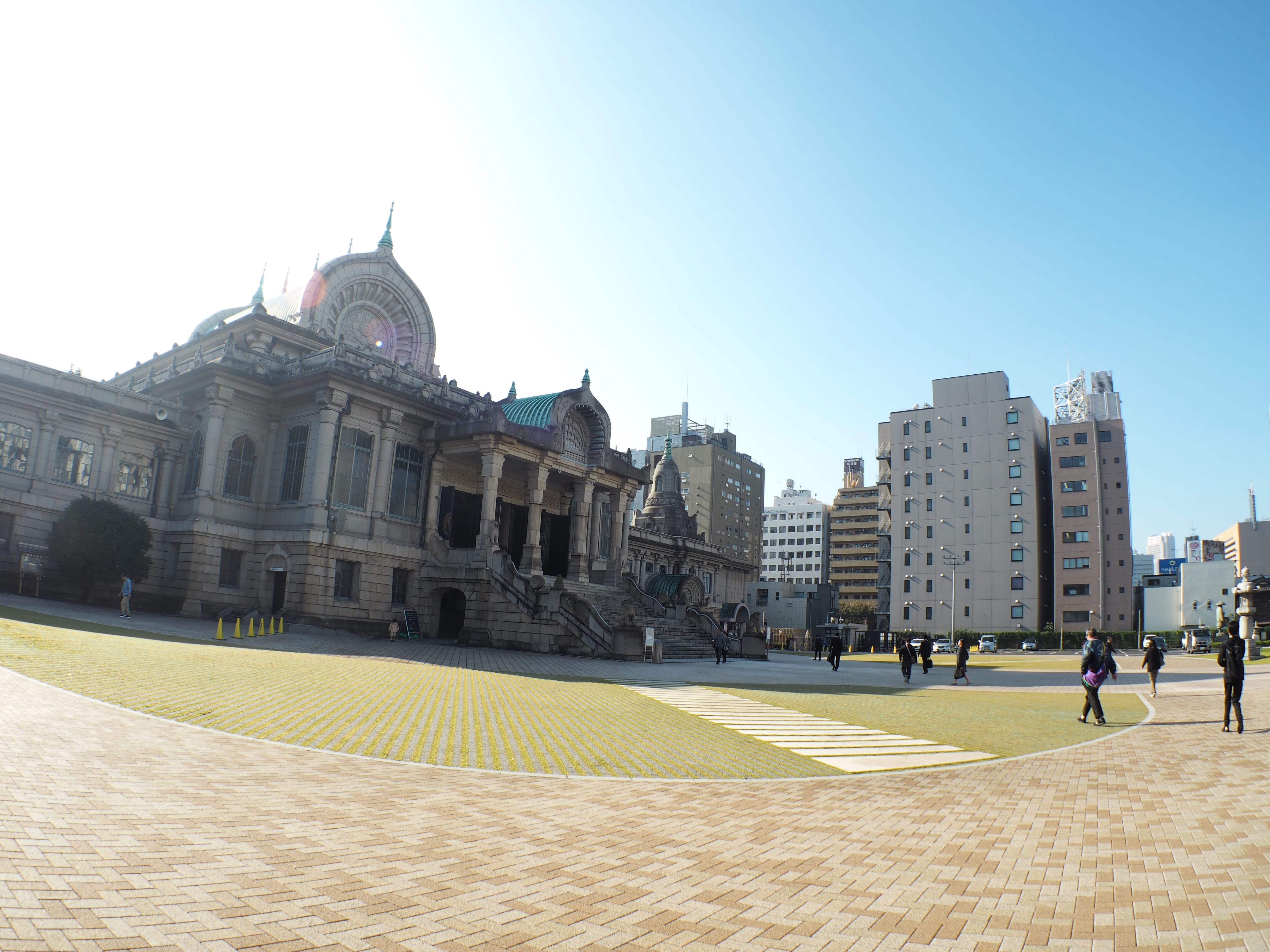
We began by looking inside the Temple which is very unique in its appearance due to the architectural inspiration that came from India, as opposed to traditional Japanese architecture. Inside the temple, you will find brochures and signs in multilanguage.
After visiting the temple, we went to walk around the streets of Tsukiji where they have many kinds of shops and restaurants.
These streets are really fun to walk around. If you’re looking for food, you’ll find fish, beef, chicken, vegetables, fruits, snacks, and much much more. Many of these shops will let you taste a small sample of what they sell.
We tried out the Sushi at a shop called “Maguroya Kurogin” (まぐろや黒銀). I ordered the “Toro-maguro” which is the fatty meat of Tuna. The tuna is cut and prepared right in front of you. It was fresh and delicious. You would think that the fatty meat would feel greasy and not so tasty, but on the contrary, the meat feels as it would melt inside your mouth. I could eat many of these, but we needed to keep going on. The good thing about this place is that since it is an open shop, you can order only one sushi just to try it out. This is something you can’t do usually at a regular sushi restaurant.
We also tried the “Tamagoyaki” which is the rolled egg. We had this at a shop called “Tsukiji Yamachou” (築地山長). Here, you can see how they prepare the Tamagoyaki in front of you as well. You can choose between “sweet egg” and “not so sweet egg”. I chose the not so sweet egg. It was really soft and delicious.
These two foods are famous in Tsukiji and everyone knows about it, but there are also some lesser-known foods you can try out. For example, we tried out the “Uni-man”. This is steamed bread with Uni (Sea urchin) filling. Usually, you eat the Uni as sushi, so you only get to eat a little at a time. But here you get the opportunity to eat a lot at once! If you’re a “Uni lover”, you can’t miss this opportunity.
Another thing we tried out was Japanese tea. We went to a store where they sell Japanese tea and seaweed. According to Tae san, this store sells tea to Michelin starred restaurants. In other words, it must be good. And it was. They prepared it in the correct way, with the ideal temperature of hot water. They will teach you how to prepare it if you ask.
But the shops here are not only about food. Restaurant-related shops can also be abundantly found around this area. Knives, Japanese teapots, Japanese teacups, and other utensils that are used for cooking or serving food.
We went to this knife shop called “Azuma Minamoto no Masahisa” (東源正久), which has been in business for around 150 years. The shop was opened by katana smiths, and the technique that was once used to make katana is now used to make high-quality cooking knives, preferred by professionals.
Then we passed by a shop called “Ichifuji” (一不二) where you can find many kinds of dishes, cups, teapots, and other types of pottery. What makes this shop popular is that if you are a foreign visitor, they can send your purchase to your home country so it doesn’t bother you during your trip within Japan.
We also went inside the “Tsukiji Uogashi” (築地魚河岸) building, which is a building made as soon it was known that the fish market would be relocated to Toyosu. There are around 60 shops within the installations, and each shop has its own specialty. We saw a shop specialized in Tuna, another one specialized in Fugu, and so on…
Near the Tsukiji Uogashi building, you will find a small Shinto shrine called “Namiyoke Jinja Shrine” (波除神社). This is a shrine that is very important to the people working in Tsukiji. People would go to pray before going to work at the fish market every morning.
11:00 am – Asakusa
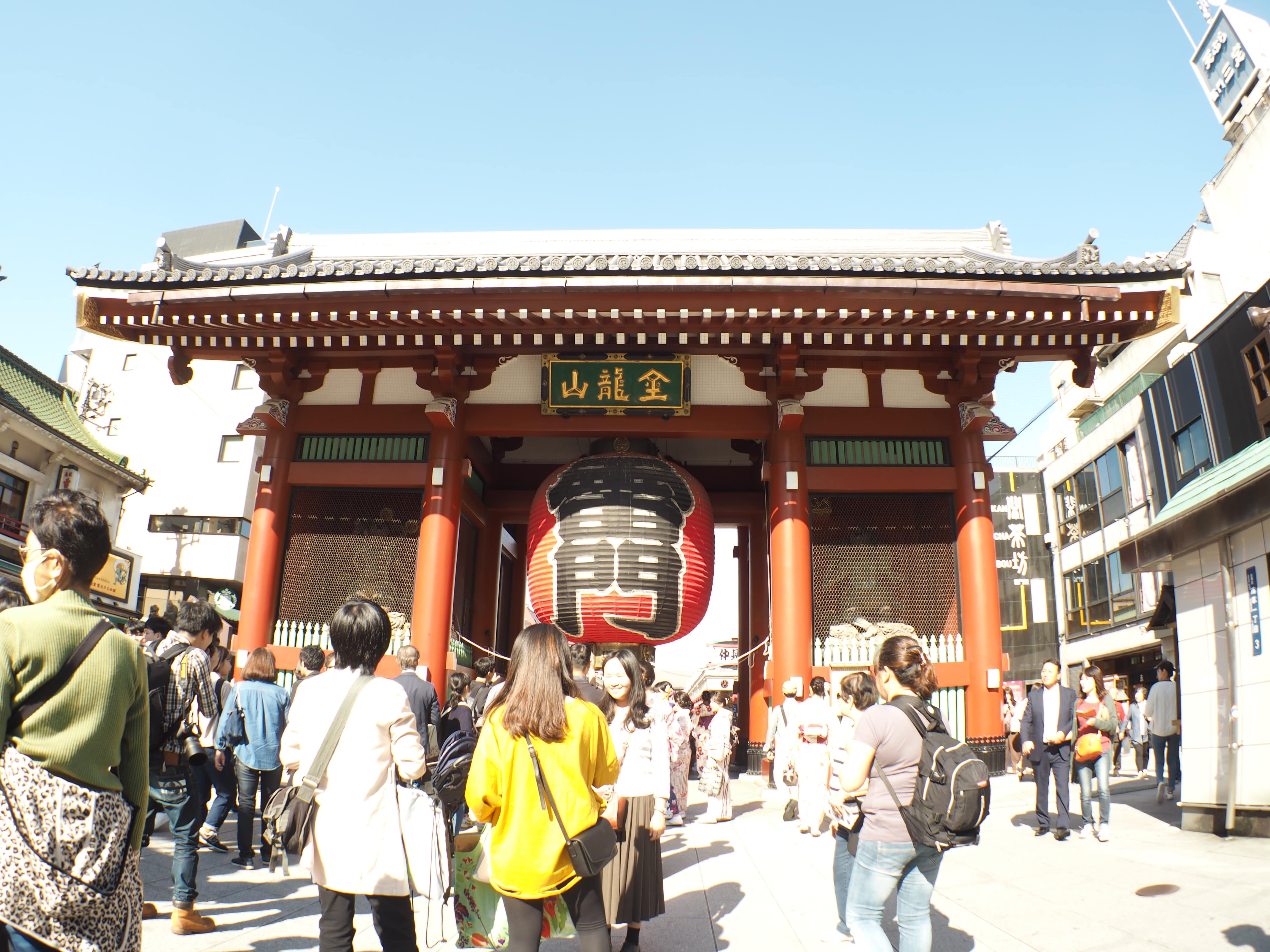
After visiting the Shrine, we started heading to Asakusa. We walked to Higashi-Ginza station and took the metro to Asakusa station (approx. 7 min.).
The first place we went to was the Asakusa Culture Tourist Information Center (浅草文化観光センター) which is located right in front of Kaminarimon Gate (雷門). There, you can go up to the top floor and look at the view from the Observatory. Tae san explained to us a little about the history behind the town of Asakusa and she also showed us in advance where we were going to be walking.
This might be the only place where you can see the whole “Nakamise shopping street” (仲見世商店街) from above. You can also have a nice view of Tokyo Skytree on the other side of the Sumida River.
From there we went to the Kaminarimon Gate (which is also the entrance to Sensoji Temple) that is just across the street. From here is where it starts to get crowded. The giant paper lantern hanging from the Kaminarimon Gate was donated by Matsushita Kounosuke, founder of Panasonic.
We walked through Nakamise shopping street and saw all the nice shops lining along the famous street. You can find shops selling “Ningyo yaki”, which are traditional small cakes with sweetened bean paste inside. These cakes are baked right in front of you, so you can try freshly baked Ningyo yaki. You can also find shops specialized in a specific craft such as round fans, “Zouri” (Japanese-style sandals), and “Manekineko” (Cat object that brings good luck) among many other shops.
But don’t think that Nakamise shopping street is all that Asakusa has to offer you. There is so much more in Asakusa that you can explore out of the famous street.
In the back alley of Nakamise street, there is a gallery that displays and sells food samples made out of plastic. You’ll be impressed at the amount of detail that you can find in these models. We also saw a Melon-pan shop with nicely decorated walls where you can take your Instagram picture after buying the melon-pan. There was also this goldfish shop where you can try and catch goldfish to take back home. These last 2 shops are located just a few minutes walking west from Sensoji Temple.
At the end of the long Nakamise street, we finally got to Sensoji Temple (浅草寺).
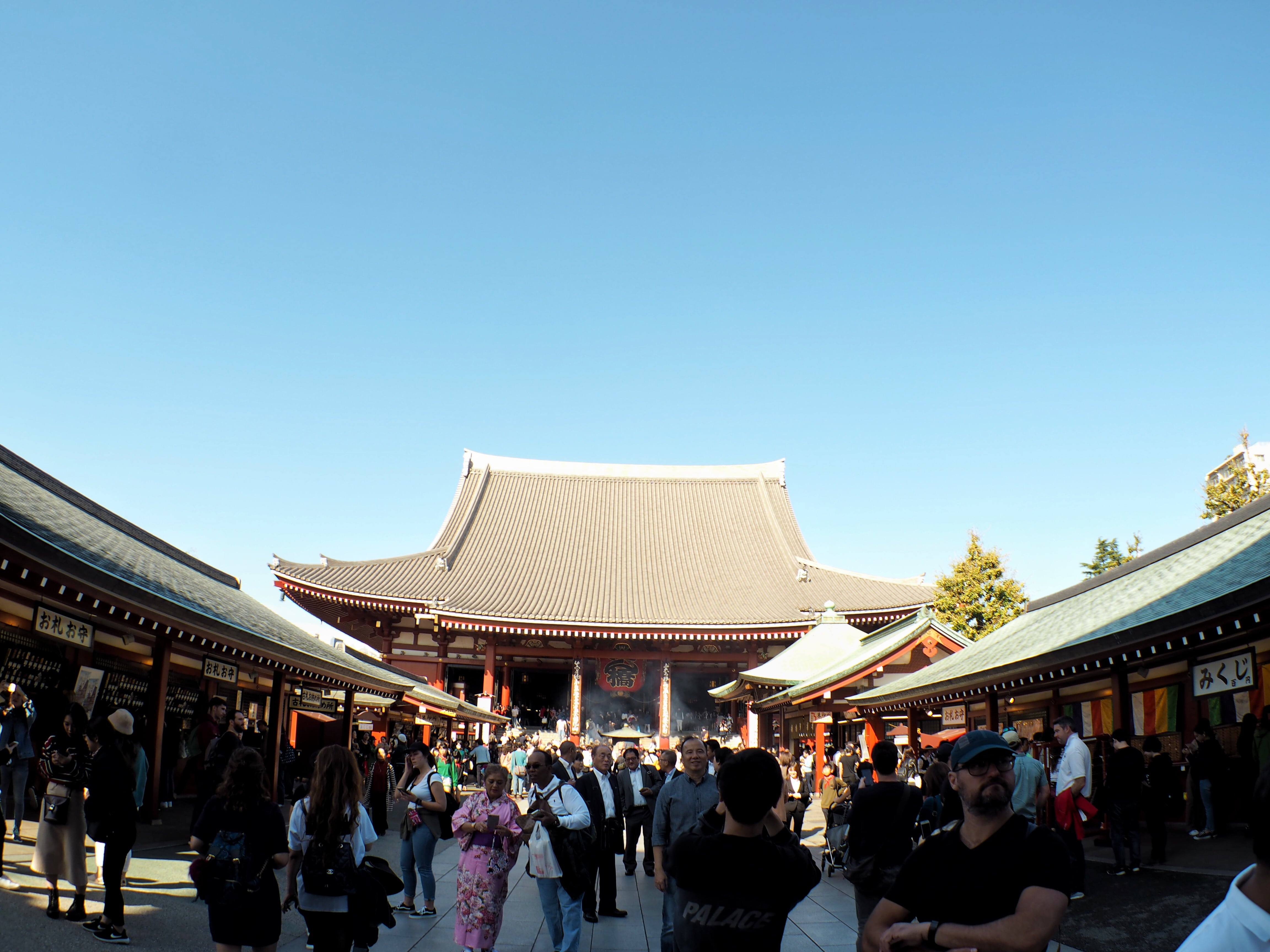
We bathed in the smoke of the incense. It is believed that this incense helps in healing health problems. Then we Prayed at the temple.
After paying our respects to the temple, we tested our fortune with the “Omikuji” (100 Yen). You shake the metal box until a stick comes out of the small hole. In the stick, there will be written a number, so you open the drawer that corresponds to that number. From that drawer, you draw a piece of paper where your fortune will be written. The fortune will be written in Japanese and English.
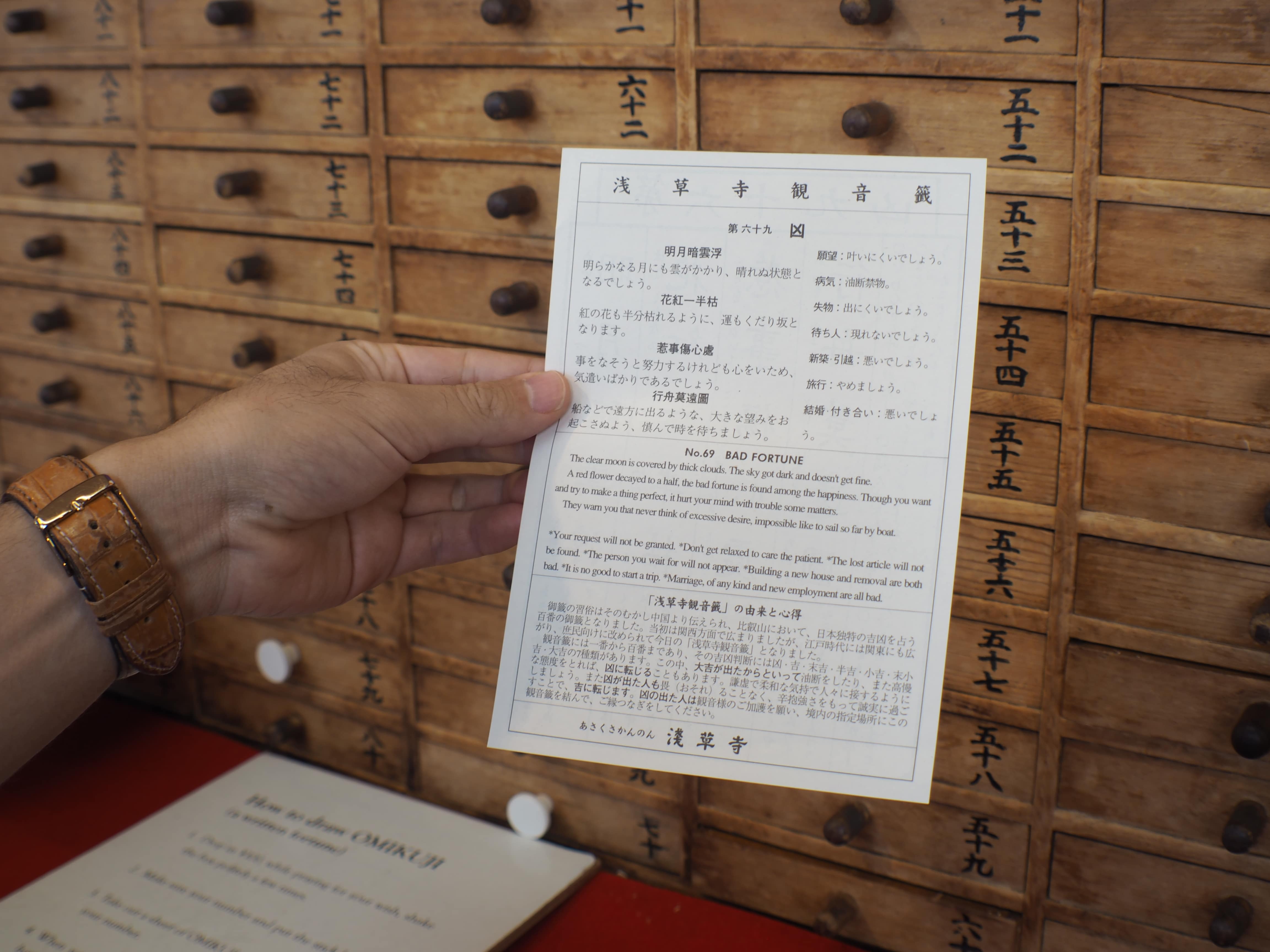
Don’t worry if the result wasn’t a good one. In that case, you can tie the fortune-telling paper, and leave the bad luck behind at the temple.
Besides Nakamise shopping street, there are other streets or alleys that are also famous such as Orange Street (オレンジ通り) and Hoppy Street (ホッピー通り). Orange Street is a street where you will find many craftsmen shops. Here you will also find many handprints like in Hollywood. Then there is Hoppy Street which is a street where you can find many small Izakaya(Japanese-style small pubs).
When it comes to food, Asakusa has a lot to offer. Many restaurants here have a long history, especially Sushi, Tempura, and Soba which are the foods that well represent the Edo-mae food (Tokyo-style food). We decided to have Tempura this day. Tae san took us to a Tempura restaurant she recommends. Needless to say, it was exquisite. I would also recommend you to have one of these Edo-mae foods if you are to eat at Asakusa. You just let the tour guide know what you want to have for lunch, and they will have a recommendation for any type of food.
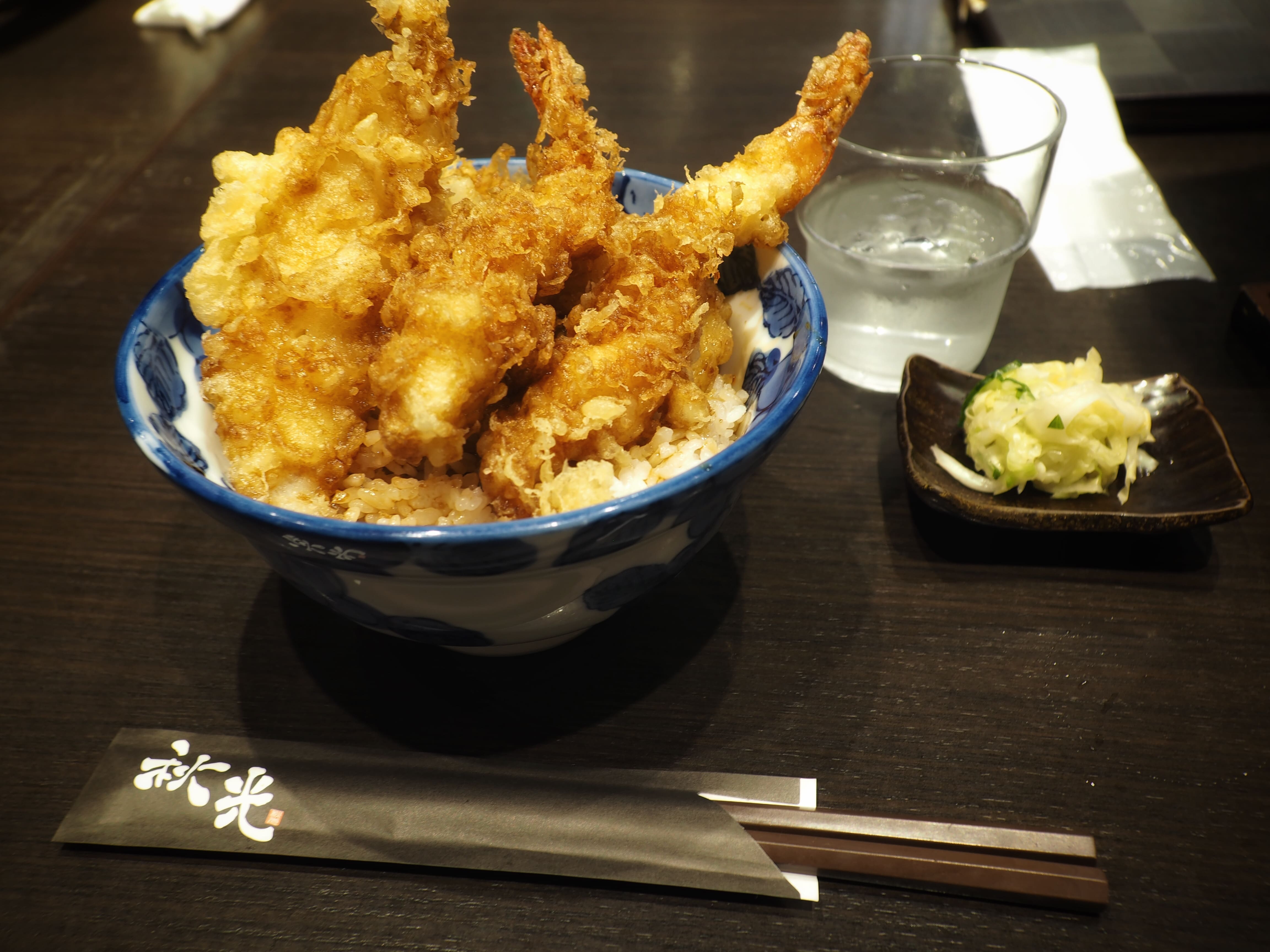
2:00 pm – Harajuku (Meiji Shrine)
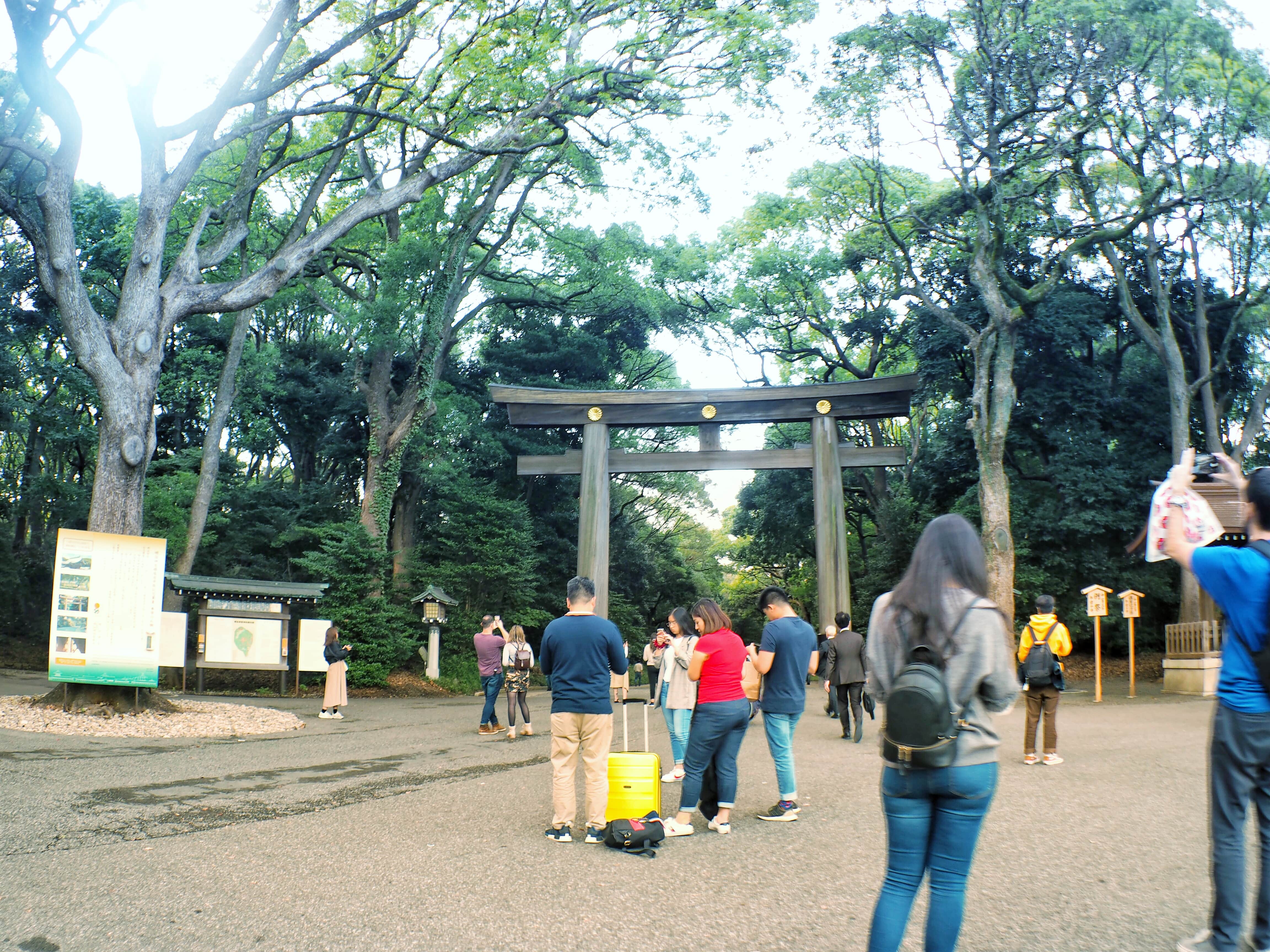
After having a good taste of the Shitamachi (old town) area of Tokyo, we headed next to the more contemporary area of Tokyo, Harajuku. Before we walked through the crowded streets of Takeshita Street, we went to visit the largest Shinto shrine in Tokyo which is Meiji Shrine, also known as Meiji Jingu (明治神宮). Tae san explained to us the history of how this shrine came to become such an important place for the people in Tokyo as we walked inside the shrine. According to Tae san, this is one of the locations that visitors most fall in love after visiting, and it is no surprise. The combination of nature and Shinto-style architecture will refresh your soul after walking around the crowded cities.
3:00 pm – Harajuku (Takeshita Street)
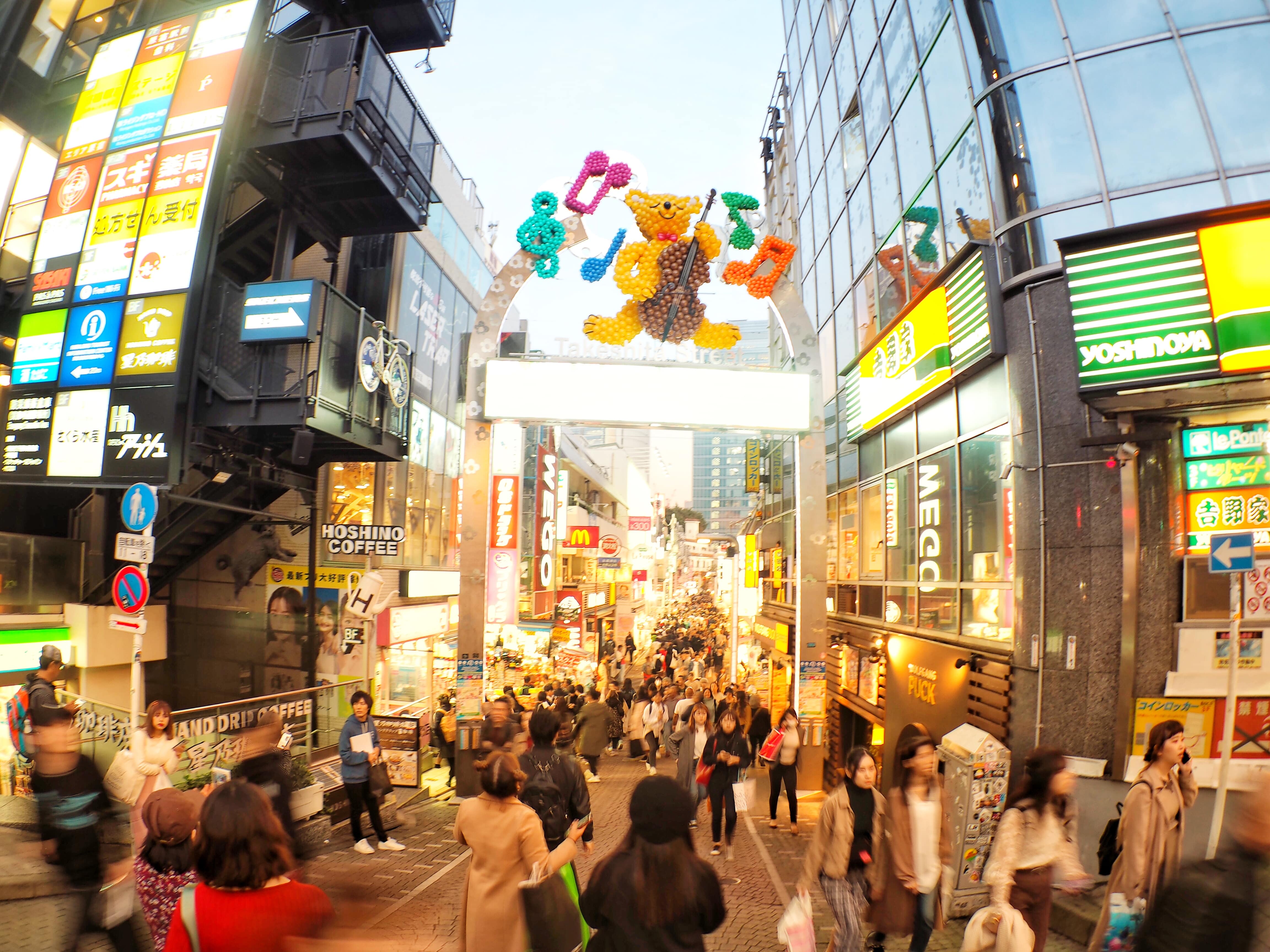
Afterward, we went to Takeshita Street (竹下通り). When people hear the word “Harajuku”, this is the image most people have in mind. Takeshita Street is the most popular area for teenagers to hang around, but there are also many shops for adults to enjoy.
We walked around and went inside some of the many interesting shops in this street.
First, we went to this shop which is a room full of these capsule-toy vending machines. You can find pretty much any type of toy in these machines. These machines usually are made for small children, but you can find many figures that are popular with teenagers and even adults.
Then we entered this Purikura shop. It is the largest collection of Purikura booths in Tokyo. For those who don’t know, “Purikura” is a small booth that you get in and a machine will take your picture and print it out as stickers. It first takes your picture, then you can manually write messages or add stamps to make it look cute. And within a minute or so it is printed out for you to have as a memento for that day. It is especially popular with high school girls and teenage couples.
We also passed by one of the many crepe shops that you can find in this street. Crepes are one of the must-have experiences when coming to Takeshita Street. This specific shop has an area to sit down and eat.
Besides these shops, there were many fashion shops for teenagers, bubble tea shops (in Japan they are known as “Tapioka shops”), interesting animal cafes, famous Korean fashion shops, and so much more.
Even though Takeshita Street is not such a long street, there are so many interesting shops and exiting food to try, you can spend hours and hours just looking around. Thankfully Tae san took us to the most popular shops and some of the lesser-known (but also very interesting) shops. We didn’t spend a lot of time here, but of course, if you would like to spend more time in Takeshita Street, your guide can adjust the schedule.
4:00 pm – Shinjuku
Lastly, we headed to Shinjuku. Shinjuku is just a few stations away from Harajuku, so the ride on the train was quick. (approx. 3 min.)
We got out at Shinjuku-Sanchome station, and from there we walked to the “Golden Gai” (ゴールデン街). Golden Gai is an area in Shinjuku full of small, nostalgic-feel bars and restaurants. Since it was still a little early, we couldn’t see many people, but some of the bars and restaurants were already opened and attending customers.
Then we walked through Kabukicho and got to the Samurai museum. We didn’t go in for this occasion, but this is also a good option for you to see during the day tour.
5:30 pm – Robot restaurant
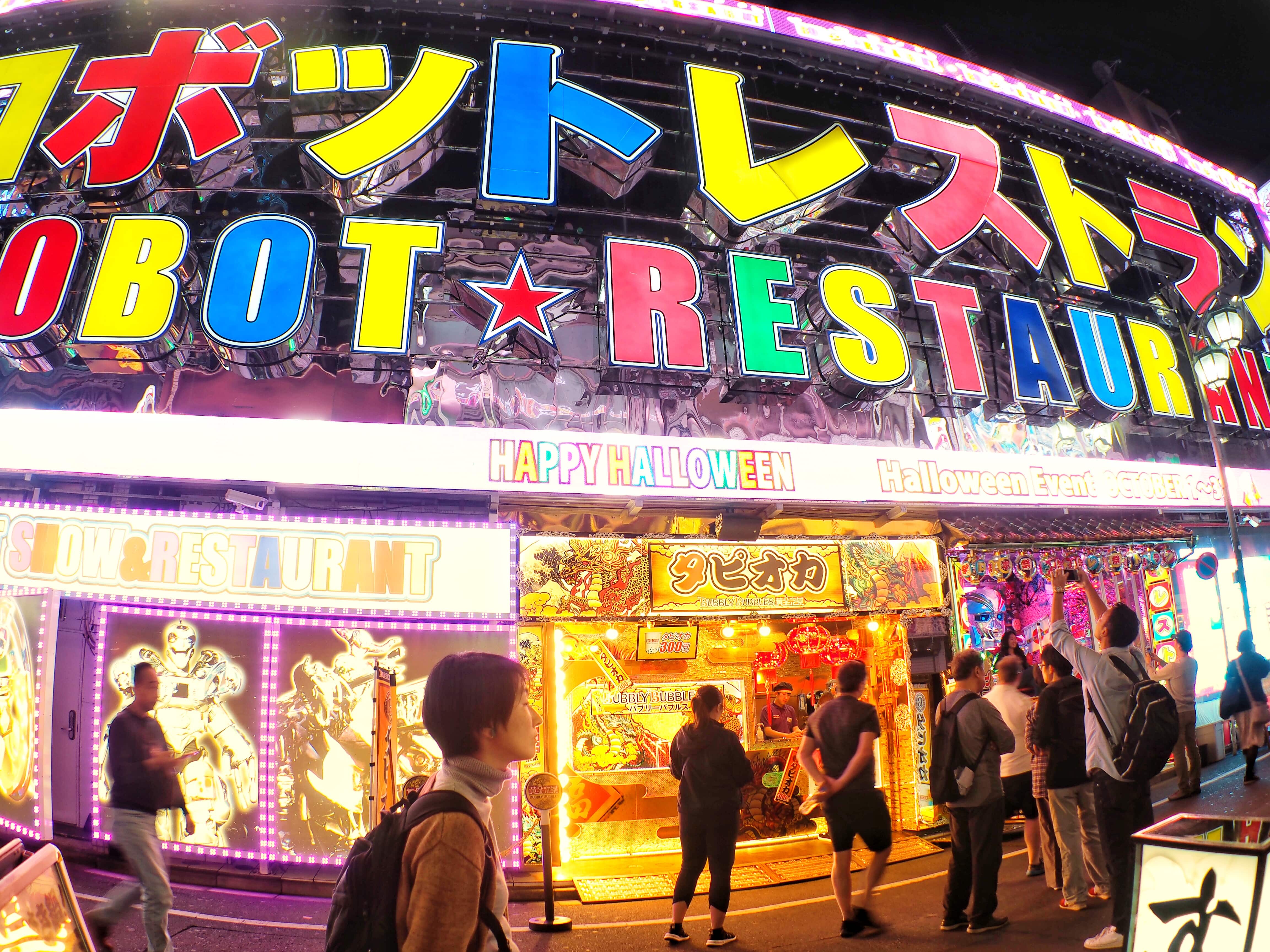
Then we headed to the famous Robot Restaurant where the Tokyo private tour ended.
Since this was the 8-hour private tour, you will still have plenty of time to enjoy Shinjuku after the tour. You could go to the Robot Restaurant and enjoy the unique experience that it offers, you could walk around Kabukicho and enjoy the Shinjuku night experience, or you could also go back to Golden Gai and have a drink and maybe have conversations with the people you meet there. There are so many options of things you could do after the tour ends.
If you’re interested in watching the show at the Robot Restaurant, take note that there are 4 shows per day. In this case, the shows starting at 5:30 pm or 7:30 pm might be the ones you would like to reserve.
The first impression I had after this Tokyo private tour ended was that 8 hours went by really quickly. At first, you would think 8 hours is a lot, but when you look back at all the places you visited and all the interesting stories and fun facts that were provided to you, it was more than worth it. I’ve lived in Tokyo for 14 years, but still, I learned so many new things, and I was happy at the end.
Also, we walked a lot. But as I mentioned before, if you don’t want to walk that much, arrangements can be made like using a Taxi in between visiting spots.
No matter if you love modern architecture or want to visit places that are photogenic and popular, the guide will do the best they can to make this private tour as ideal as possible for you to have an unforgettable experience.
What I’m showing you in this article is really just a small part of the whole experience. If I were to write every detail, this article would be endless.
So in conclusion, no matter if you’re visiting Tokyo for the first time or if this is the 20th time. This Tokyo private tour will be a pleasant experience that will make your visit to Tokyo much more educational and efficient. Let the guide know what your interests are, and then just enjoy the tour with no worries what so ever.
Lastly, let me inform you that the total price of this Tokyo private tour is the same for the first 6 people. Such a tour including so much content and a very fun and knowledgable guide can’t be found elsewhere so easily. We strongly recommend this Tokyo private tour especially for those who don’t have a lot of time and want to get to know the city quickly and efficiently. We also recommend this private tour for those who just got to Japan and are worried about how to get along in Tokyo. The guide will explain to you how to get around the city by metro and can answer any questions or concerns you have.
▽Check more details about this 1-Day Tokyo Private Tour!!▽
▶Tokyo 8h Private Custom Highlight Tour with Licensed Guide
Recommended Tours in Tokyo:
▶︎Tokyo Private Tour [Customized, 4 Hours]
▶︎Tokyo Tsukiji Fish Market Food and Drink Tour
▽Subscribe to our free news magazine!▽
Want to know more things you could do during your stay in Tokyo? Check these other articles for more ideas!
▽Related Articles▽
▼Editor’s Picks▼
Written by
Born and raised in Costa Rica, I started living in Tokyo from college. I love traveling within Japan & around the world. Since I wasn’t born in Japan, I know the cultural impact that you can get when visiting Japan for the first time and what you might be worried about before your trip. And I’ve lived long enough to somewhat understand the nuances of the Japanese culture that make this country such an attractive place to visit. Hopefully I can provide to you both the information you’re looking for and the information you didn’t know you needed to know.
